That border crossing feeling hit us harder in Estonia.
Tallinn was easy. It’s the capital. It’s busy. And we had the advantage of a lovely apartment to stay in.
It wasn’t until we’d driven out of the city and started looking at overnight spots that a little nervousness set in.
Waterfalls in flat countries.
The lovely Jägala Waterfall is only 8m high, but its horseshoe shape must make for a beautiful fall when the river is in flood. After the hottest summer anyone can remember the water wasn’t exactly rushing over the edge, but it still provided a huge Jacuzzi for a lot of locals bathing in the heat.
The car park was neat, and in Finland would have been an ideal stop, but we decided it didn’t feel right, instead we opted for a campsite.
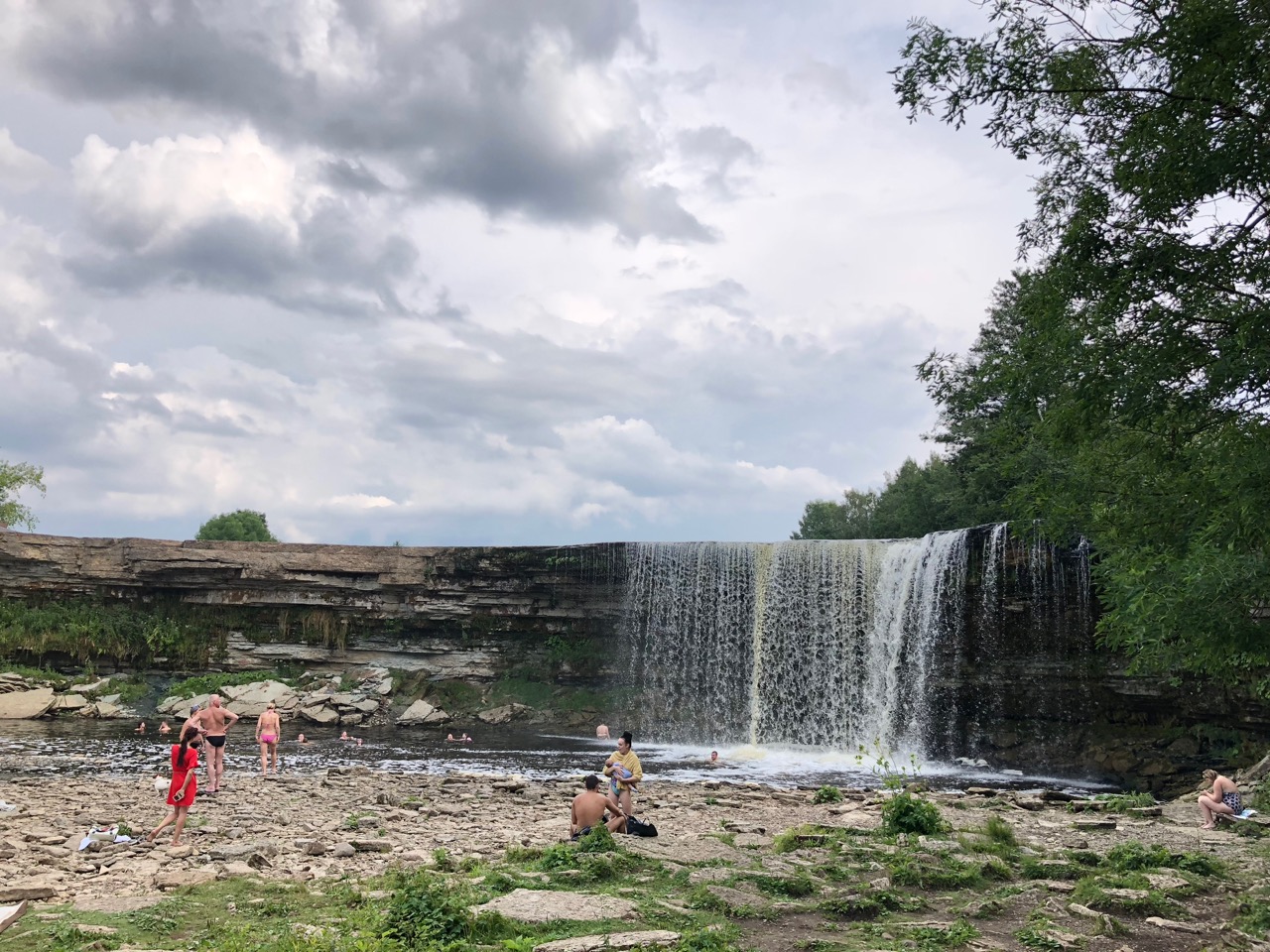
Hiie Talu – my chainsaw does a good arse.
Good move!
The site we chose on the banks of Lake Kahala was a gem.
Peep, the owner, has been working at it for many years and delivered his personal wacky dream.
Despite its proximity to the lake there’s a huge pond that Peep leaps into straight from his sauna.
Polly and I swam in it loads.
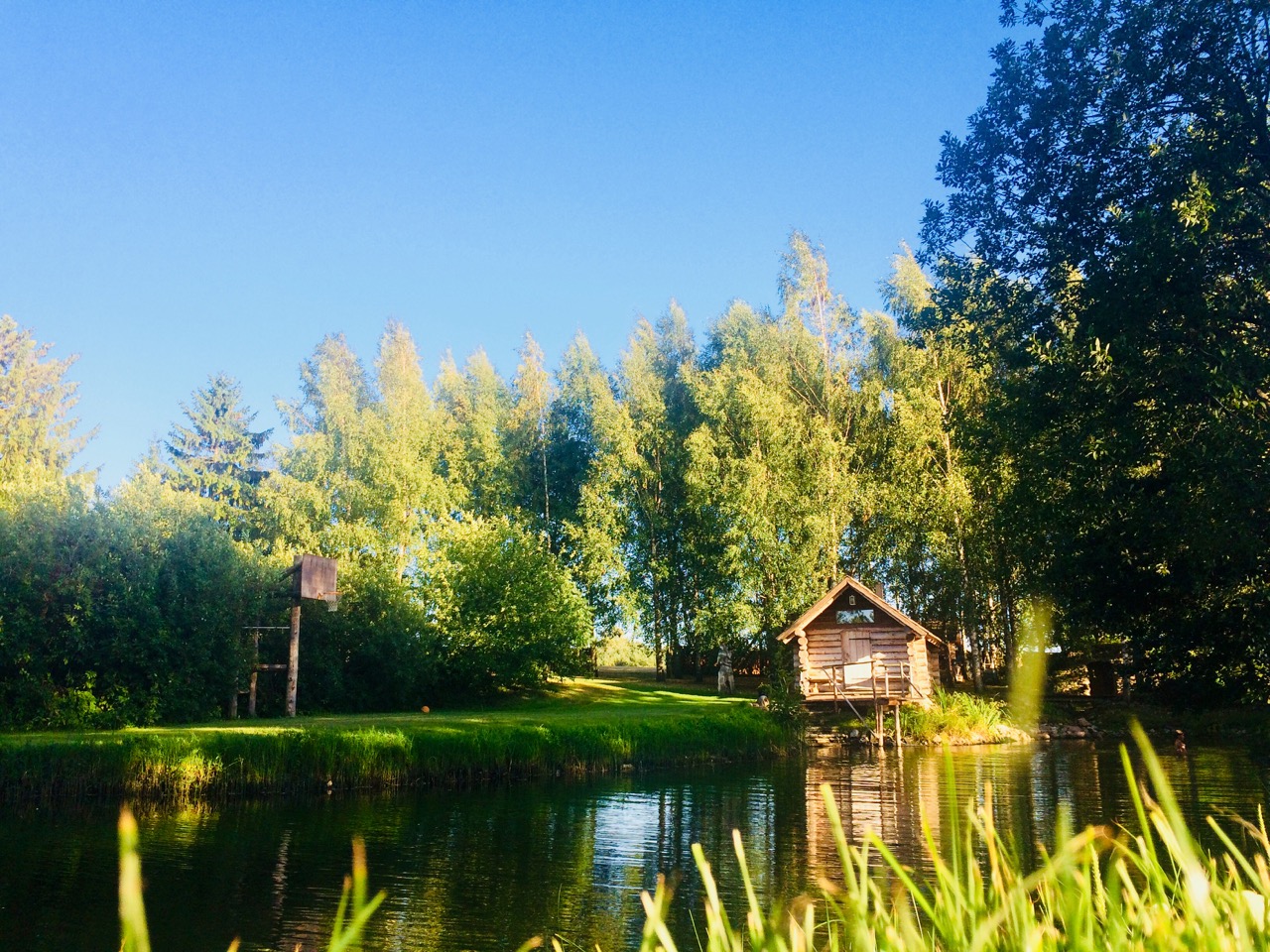
Wooden cabins dotted around what’s really a huge garden are all for sleeping in. Some are hidden deep in vegetation and accessed by boardwalks. One is a robust log cabin right on the lake’s edge. Most are extremely basic and blinking expensive, but with our own house we didn’t have to worry the cost of Peep’s huts.
Peep likes a bit of chainsaw art, and there are huge carved women all over, even a flying witch dedicated to his mother in law.

He has a great sense of humour, most of it sexual! One sculpture has a guy holding up his girlfriend who is fitting a (real) solar panel. His head is up her skirt, and better still, his dog is at it with his leg.
I’m sure some people will be offended by this place, but we found it hilarious and ended up staying two peaceful nights. We were cool for the first nights in ages and we had our best sleeps in a while.

Lahemaa National Park.
Estonia’s first national park is only an hour’s drive out of Tallinn and it’s a real treat. Mostly forested, it also has a coastline of four deep bays, and conservation projects are happening across much of it.
The only remotely resort like beach was at pretty Võsu which we were told would be busy, but given it was a hot August Saturday and this was the best beach for miles it seemed pretty quiet to us.
Whole areas of woodland in the park are closed seasonally for breeding, and some are permanently out of bounds.
Beaver, boar, elk, brown bear, wolves and lynx all thrive here – but the likelihood of seeing more than their droppings is remote.
To the manor born.
While the park was only formed in 1971 the area’s beauty was recognised long before. Several Baltic-German families established estates here in the 17thcentury, including Palmse which we visited, and Sagadi which we drove by.
Both were taken into state control in the 1920s, although the family lived on at Sagadi until the return of the Soviets in 1939.
Now restored, the houses include hotels, restaurants and some interesting gardens. I like the idea that the president might ring the family’s heirs one day and offer them their houses back.
But I guess that’s unlikely.
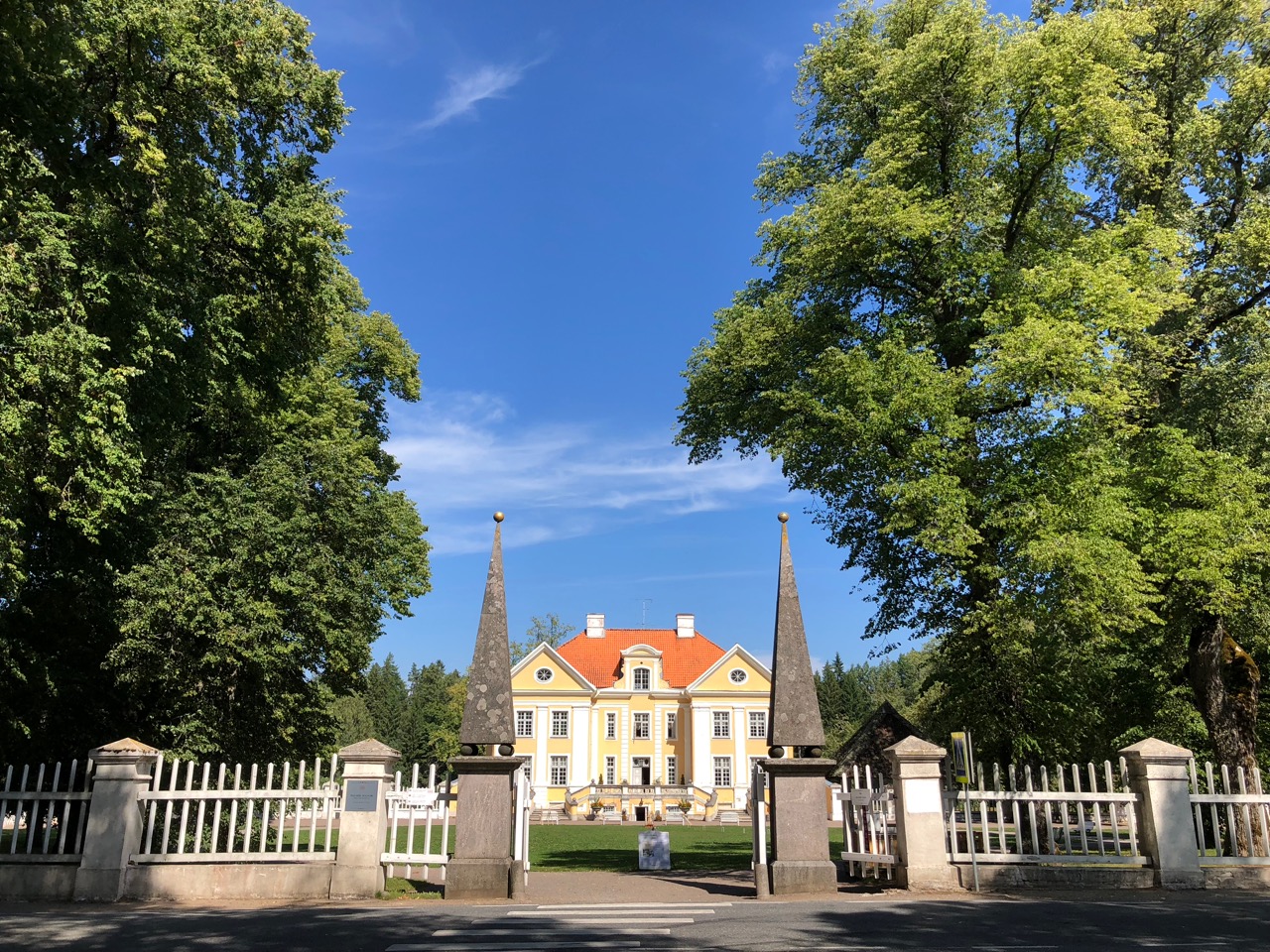
A walk in the woods.
Near the pretty fishing village of Altja we took a walk on an ‘old growth trail’ that was short stroll through a 4 or 5km patch of forest where the only management is to keep the path clear. Otherwise the forest has been left for decades to do its own thing. I hadn’t realised woods were so interesting.
Next morning Polly and I covered a similar distance in the woods again.
Walking in woodland is a relaxing thing. Generally the scenery changes slowly around you and so your mind is free to wander further. The only trouble is everything looks the same and so if you’re not following a well marked trail you could be gone some time.
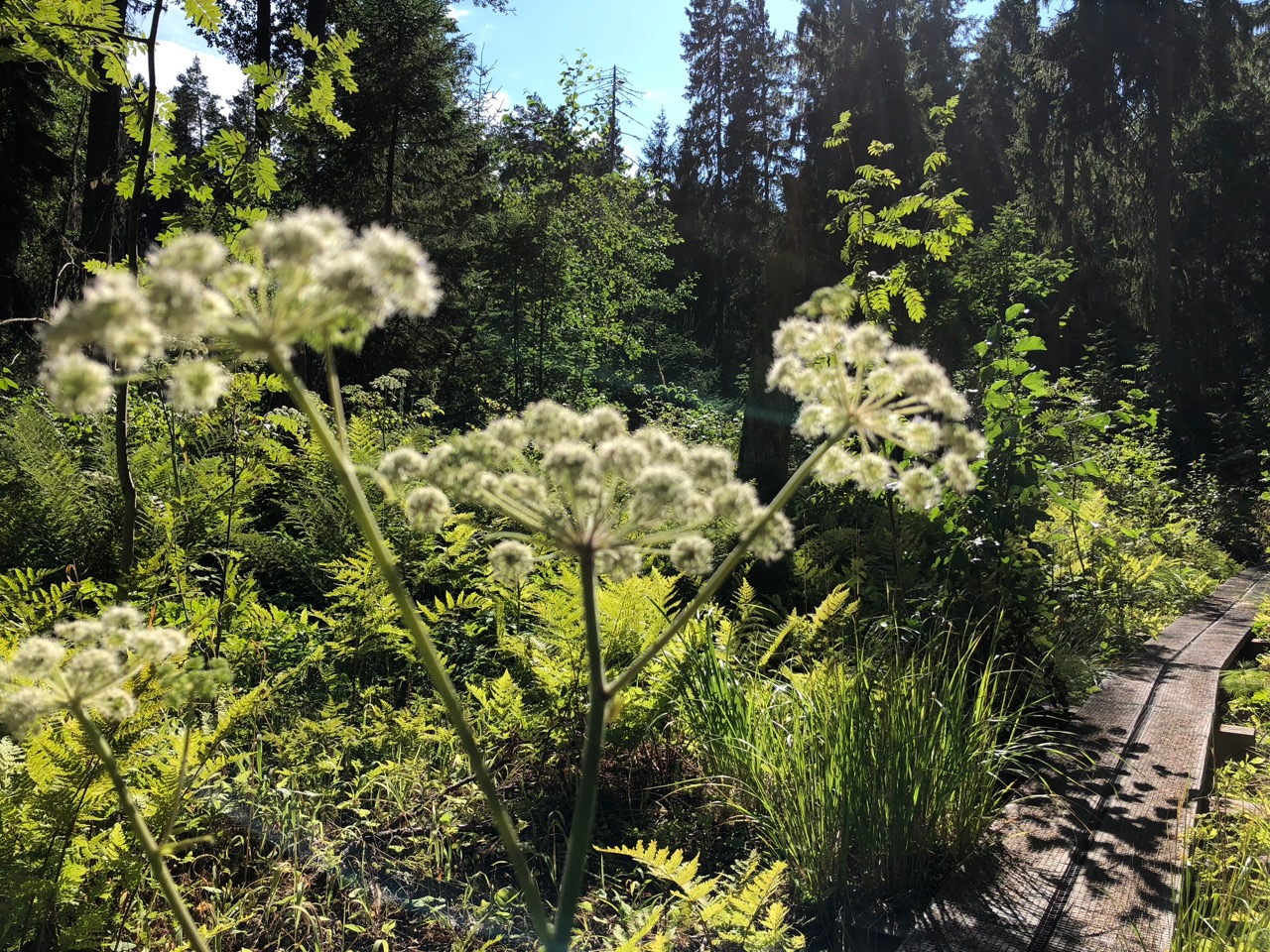
Viinitsu. What to do with a few million.
My best experience for a while was our visit to Viinitsu.
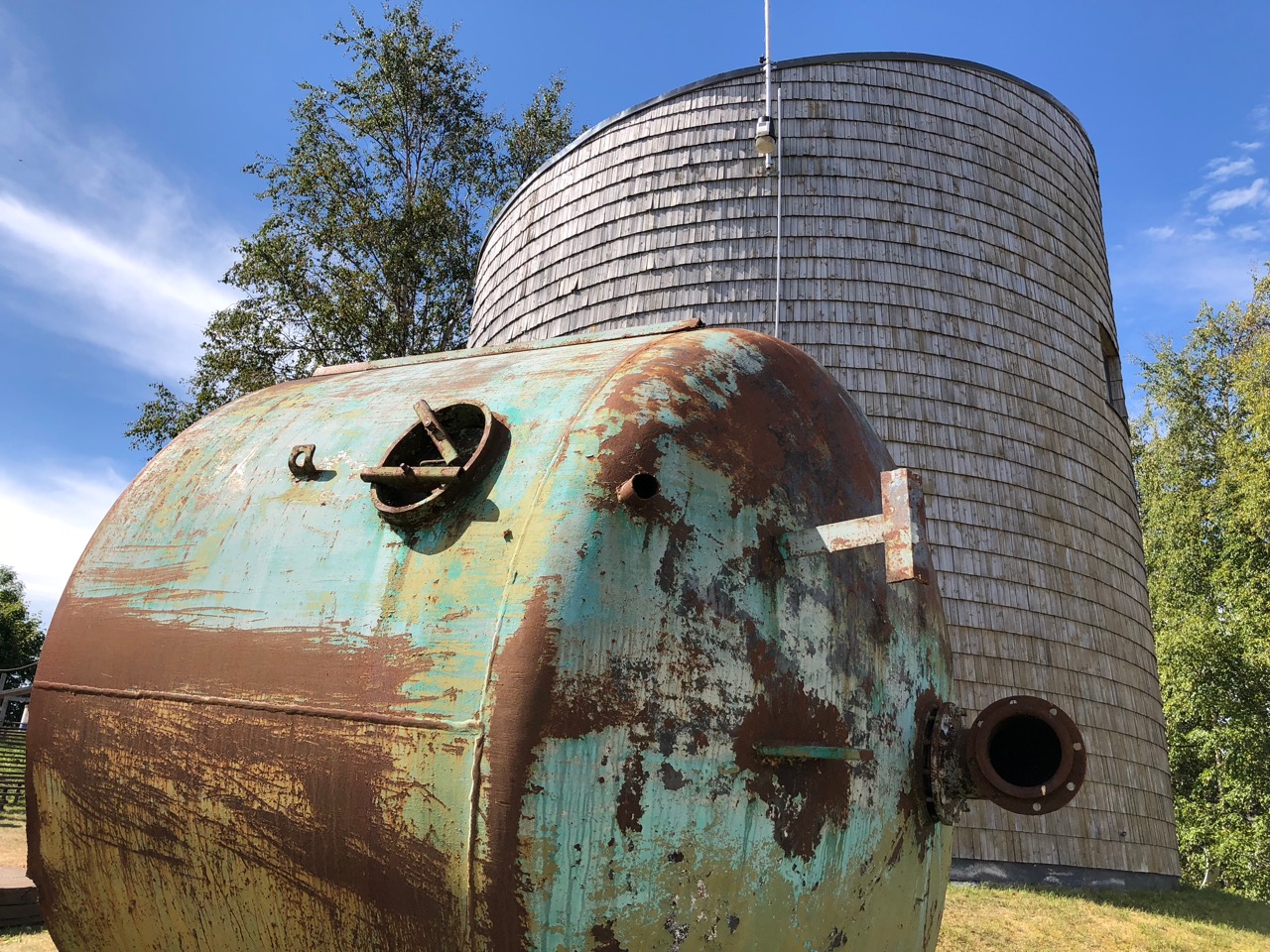
This sleepy fishing village has become the location of Estonia’s most important gallery after ABBA manager and local boy Jaan Manitski ploughed a huge sum into a couple of old fish factories.
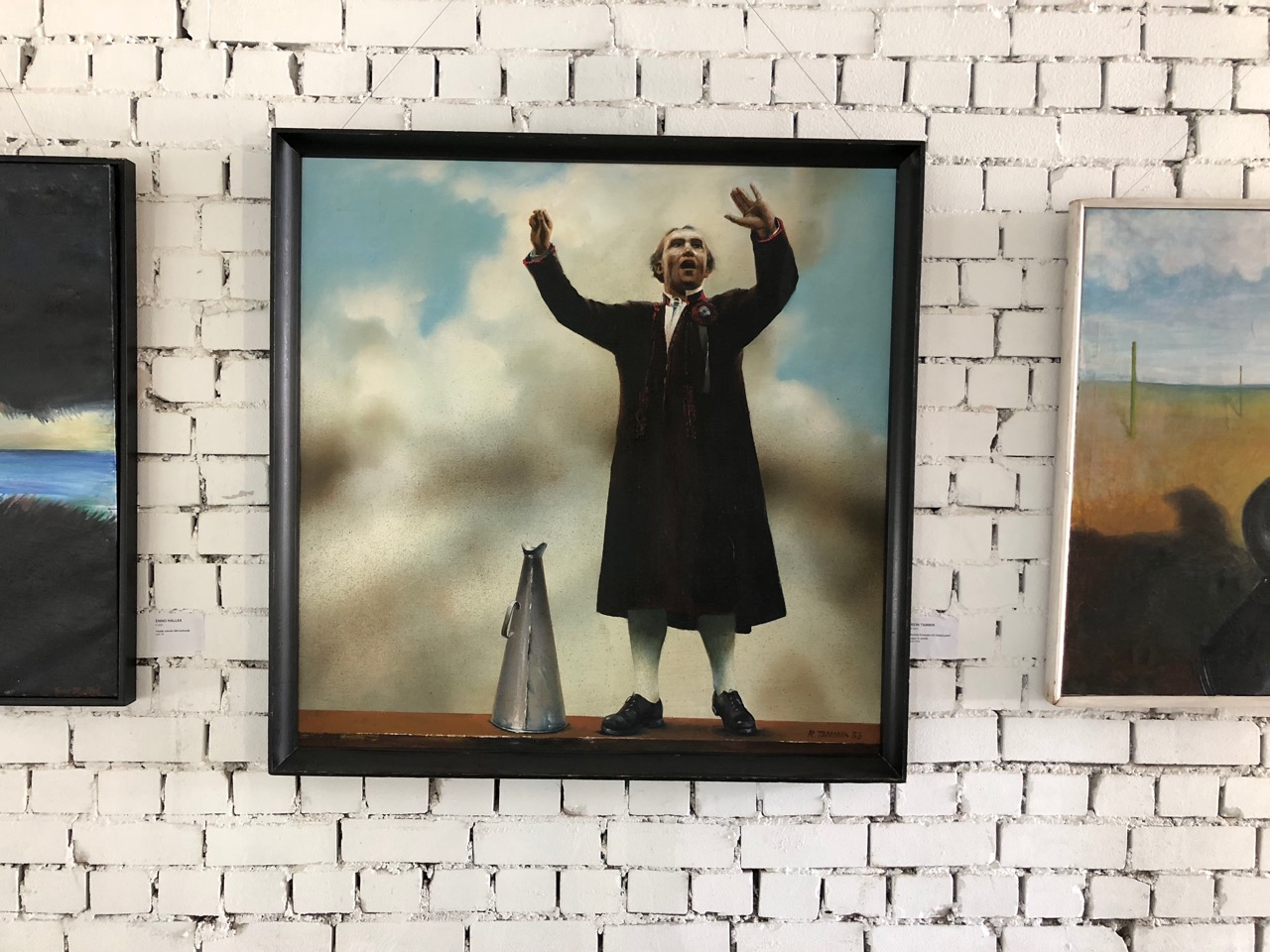
There’s a massive collection of mainly contemporary, and all Estonian, art housed in a sprawling building that surprises at every turn. The space alone was an inspiration and had me thinking about the fabulous buildings I loved up in Drunmore on the Mull of Galloway, Scotland. There, there were several old warehouses left rotting after the fishing industry had departed and I was scheming as soon as I saw them.
There’s a great gallery with excellent views across the sound, also a cool hotel, and excellent restaurant.
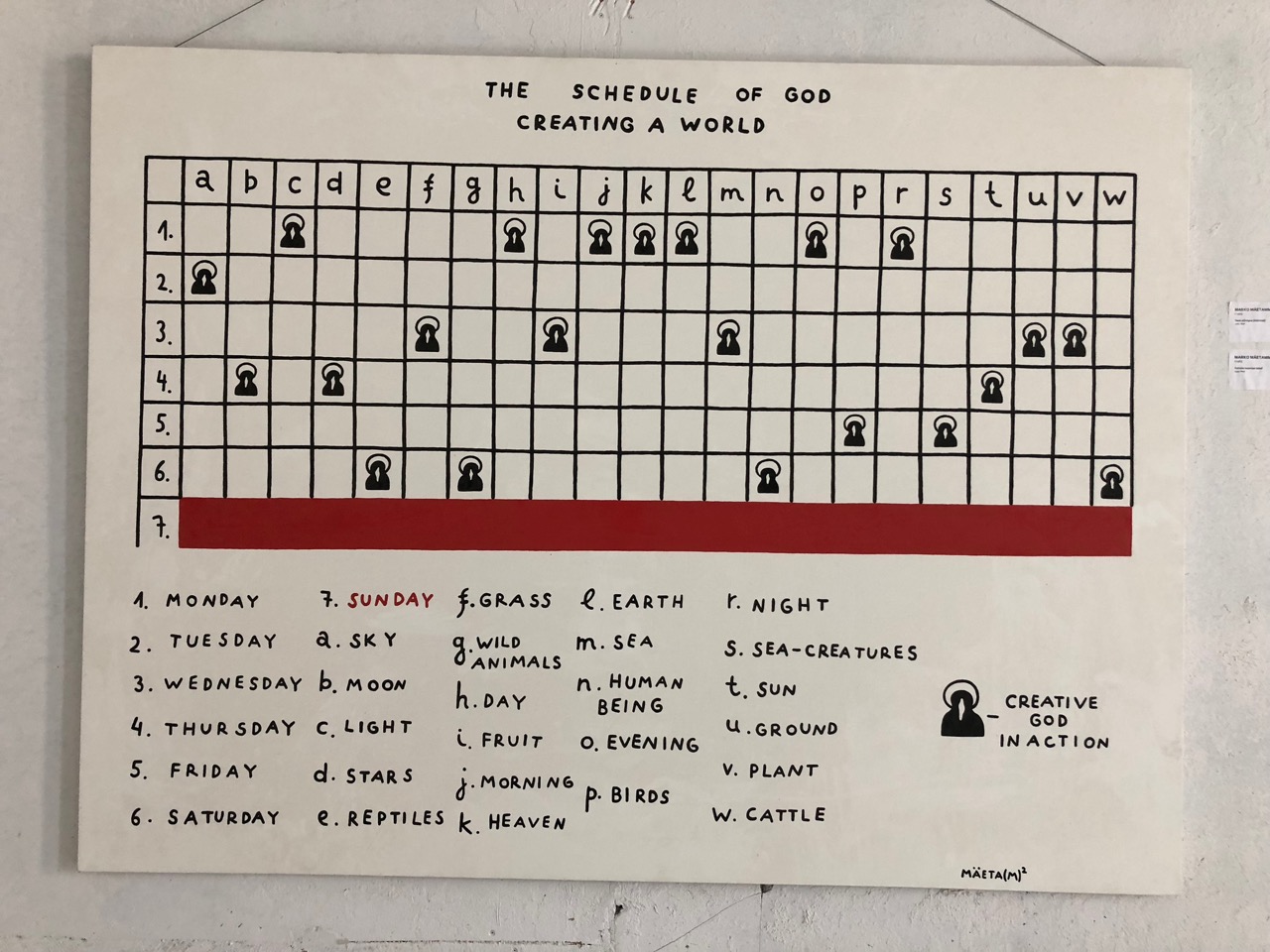
We only had coffee and cake, but both were exceptional.
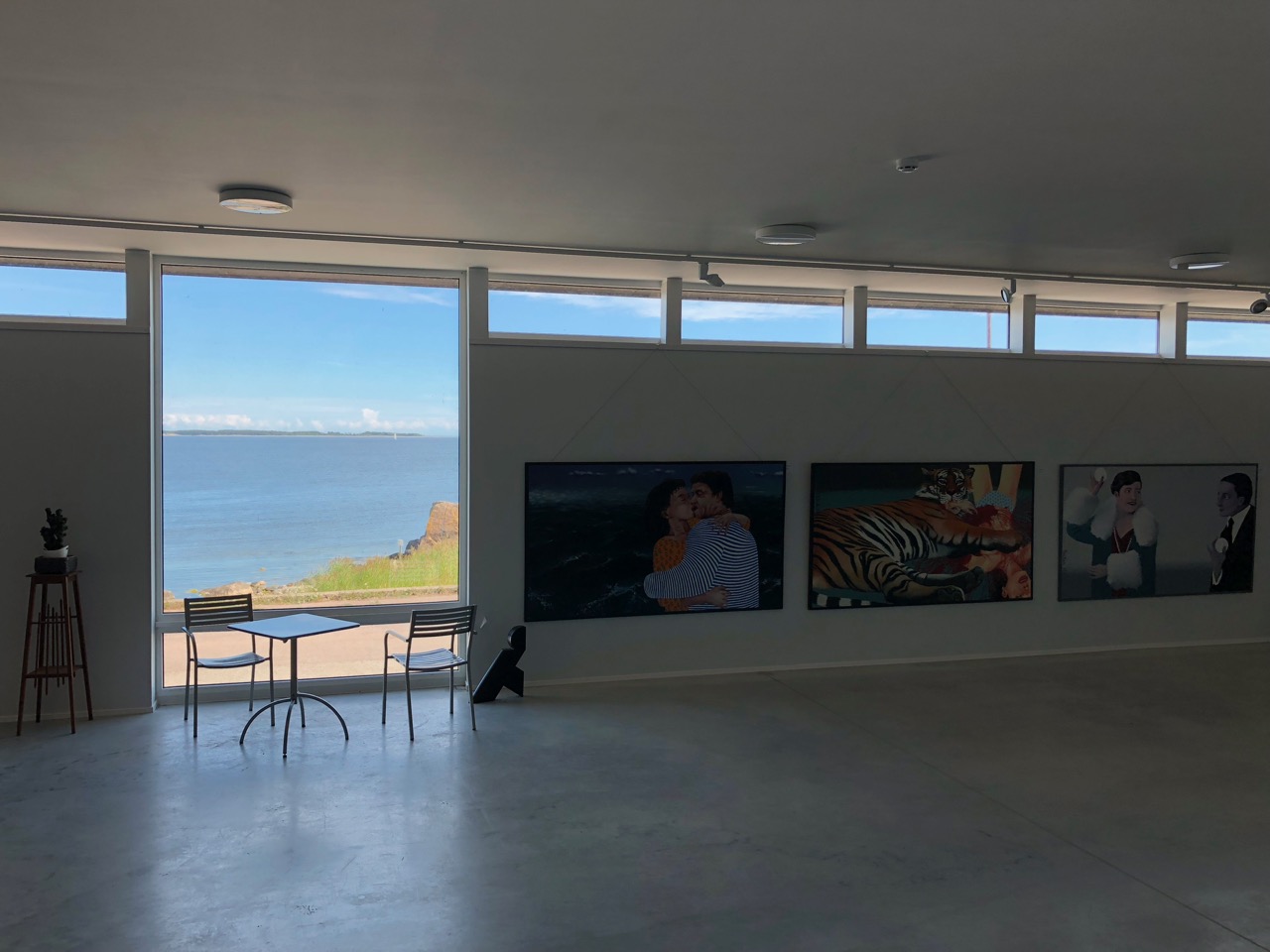
What I liked most was how the work creating the hotel, restaurant and gallery had stopped way before it could be called restoration. All had a rough edge, and while they’ll attract crowds of visitors, they still sit well with their surroundings.
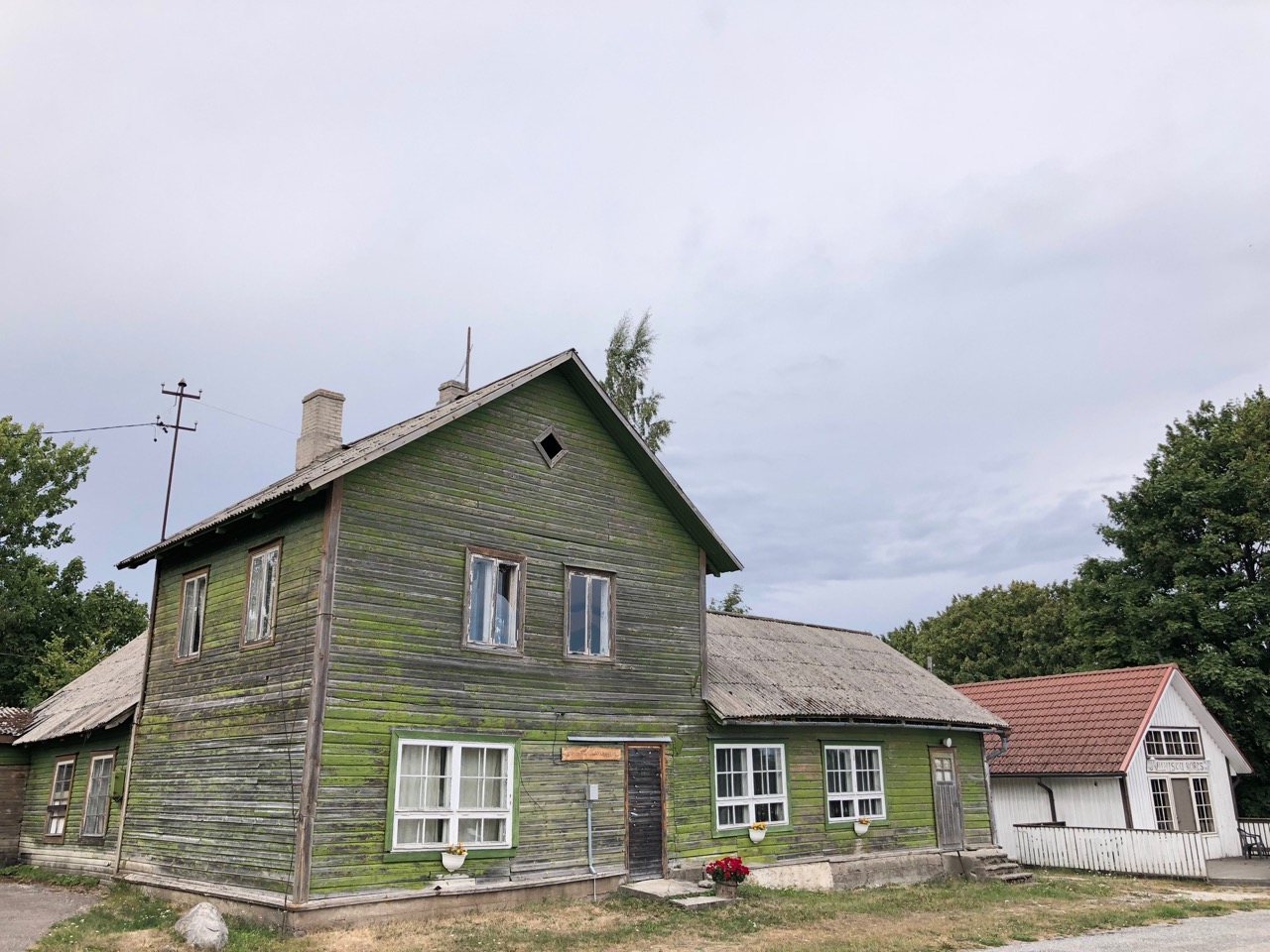
Rakvere.
At Rakvere we went to see its aurochs.
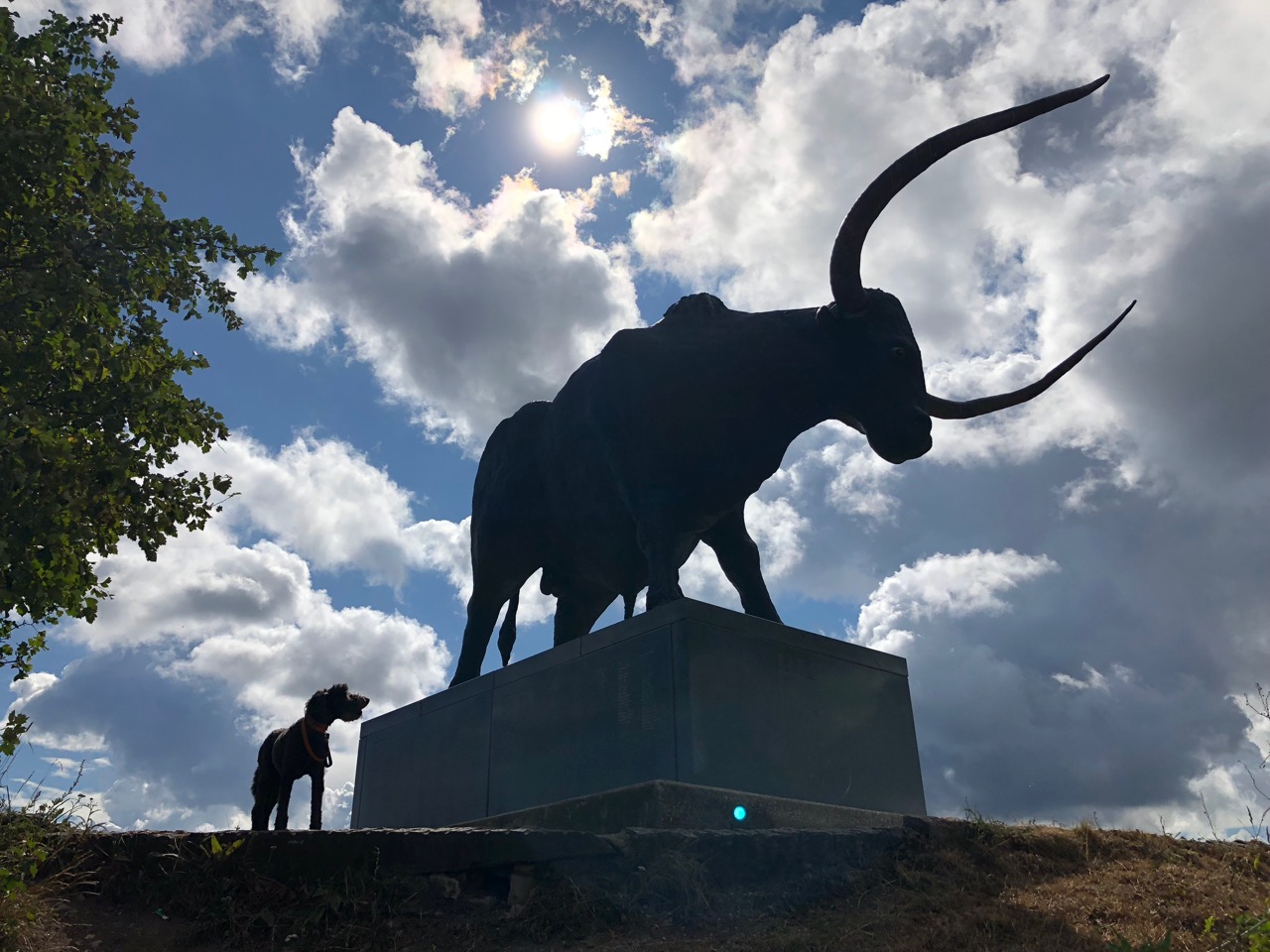
Not a live one.
Despite rumours, these creatures haven’t yet been recreated and the last was killed in Poland in 1627. This is reputed to be life sized – what a frightening beast it must have been.

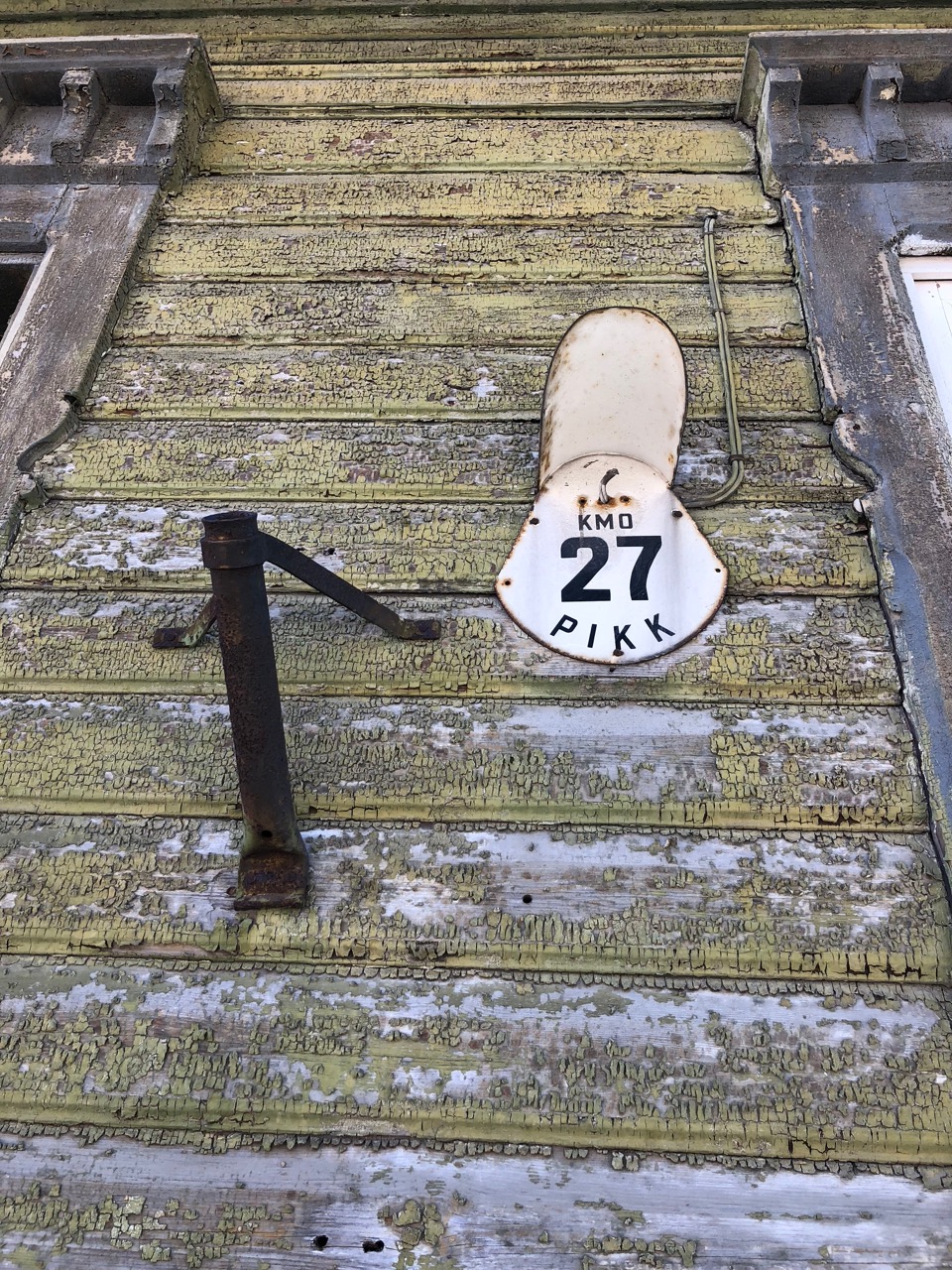
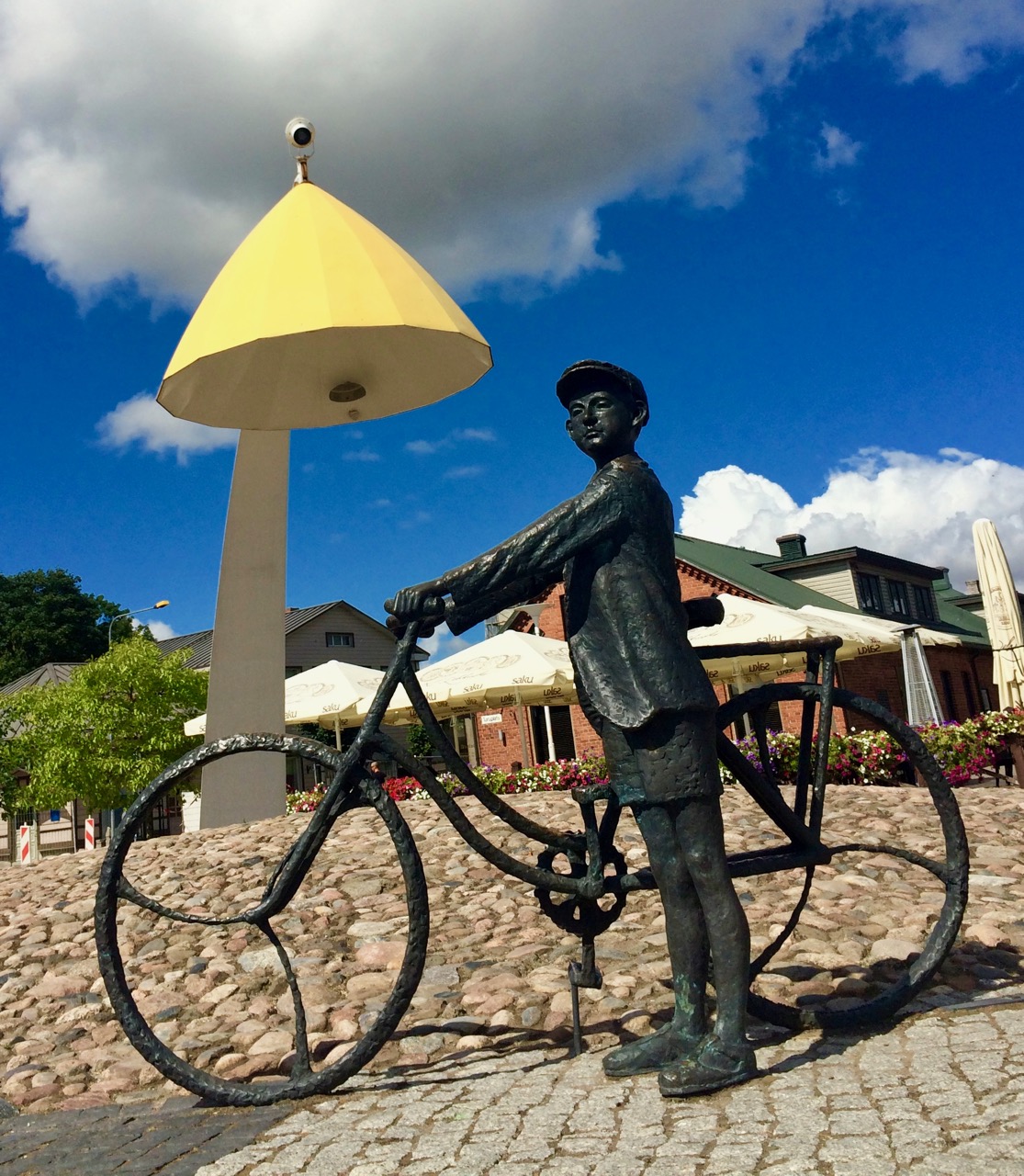
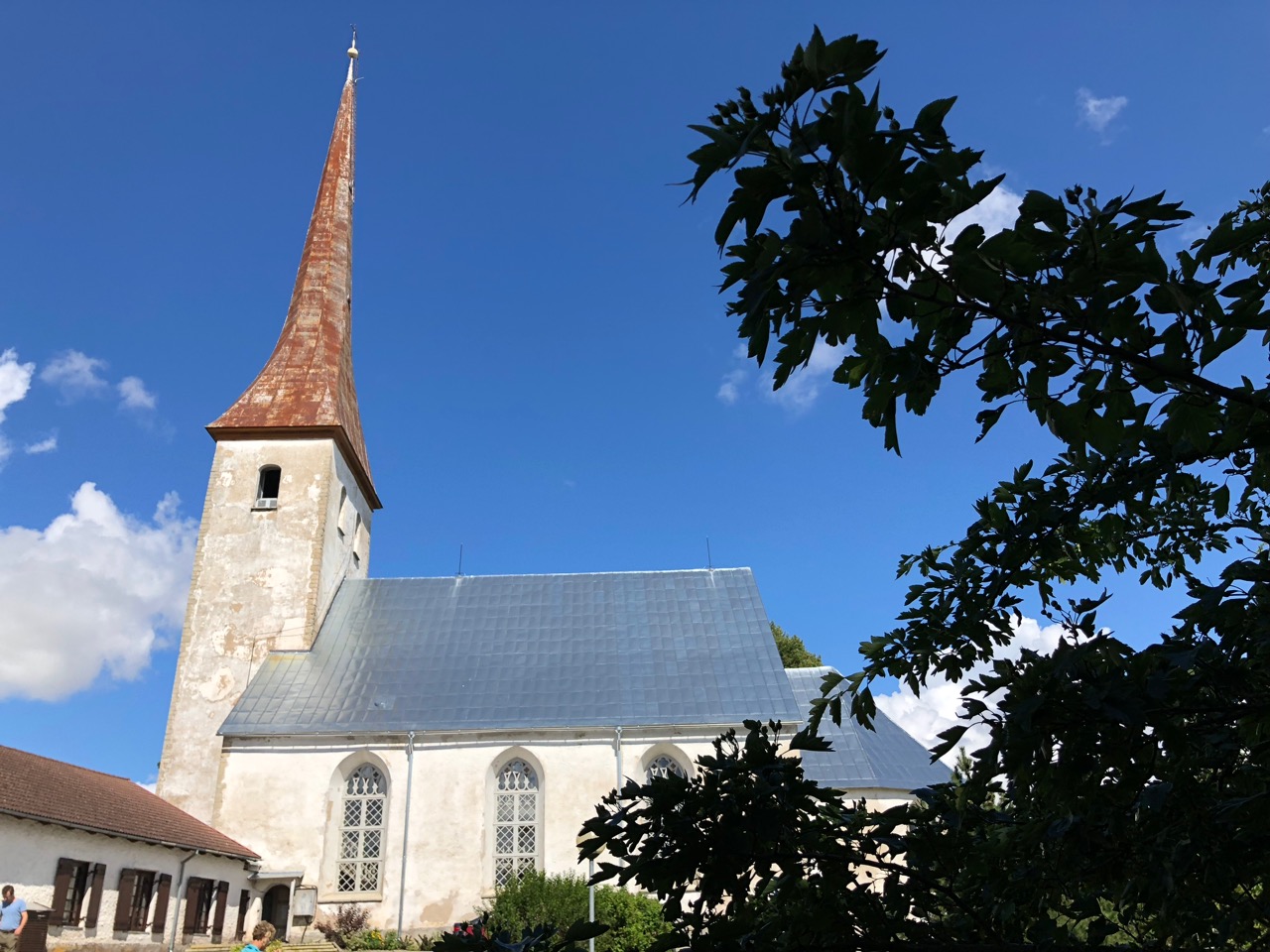
Creepy town Sillamäe.
Right on the Russian border is the smart resort of Narva-Joesuu.
We’re there now.
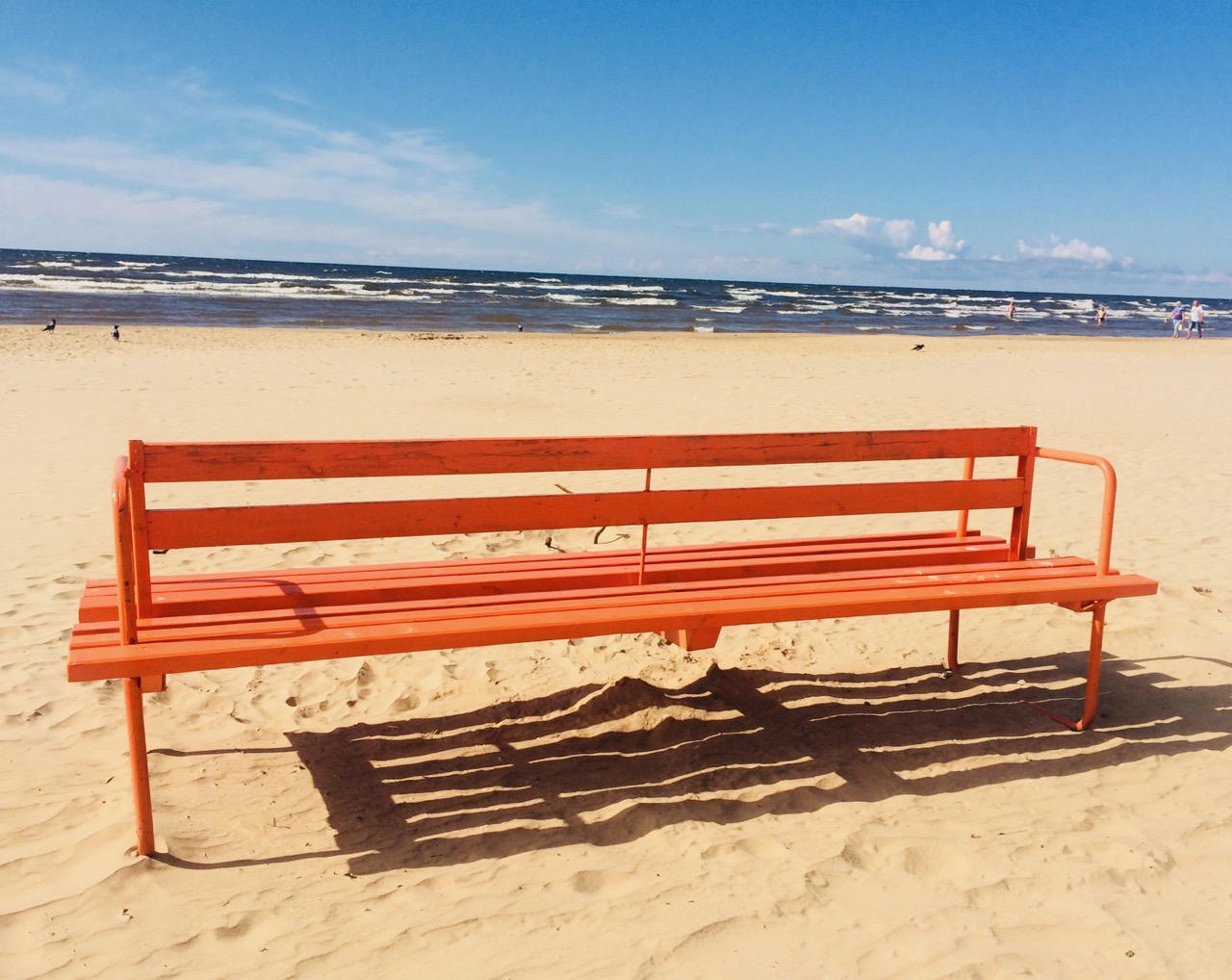
There’s a line of marker bouys down the middle of the river. We know what they’re for.
We waved at the fellows on the other side of the border tonight, and thankfully they didn’t shoot at us.
Almost everyone around here is Russian and the town is a strange mix of big smart and expensive looking hotels, a lovely long sandy beach, and tumbling down buildings that didn’t quite get finished before perestroika put an end to communist ambition.
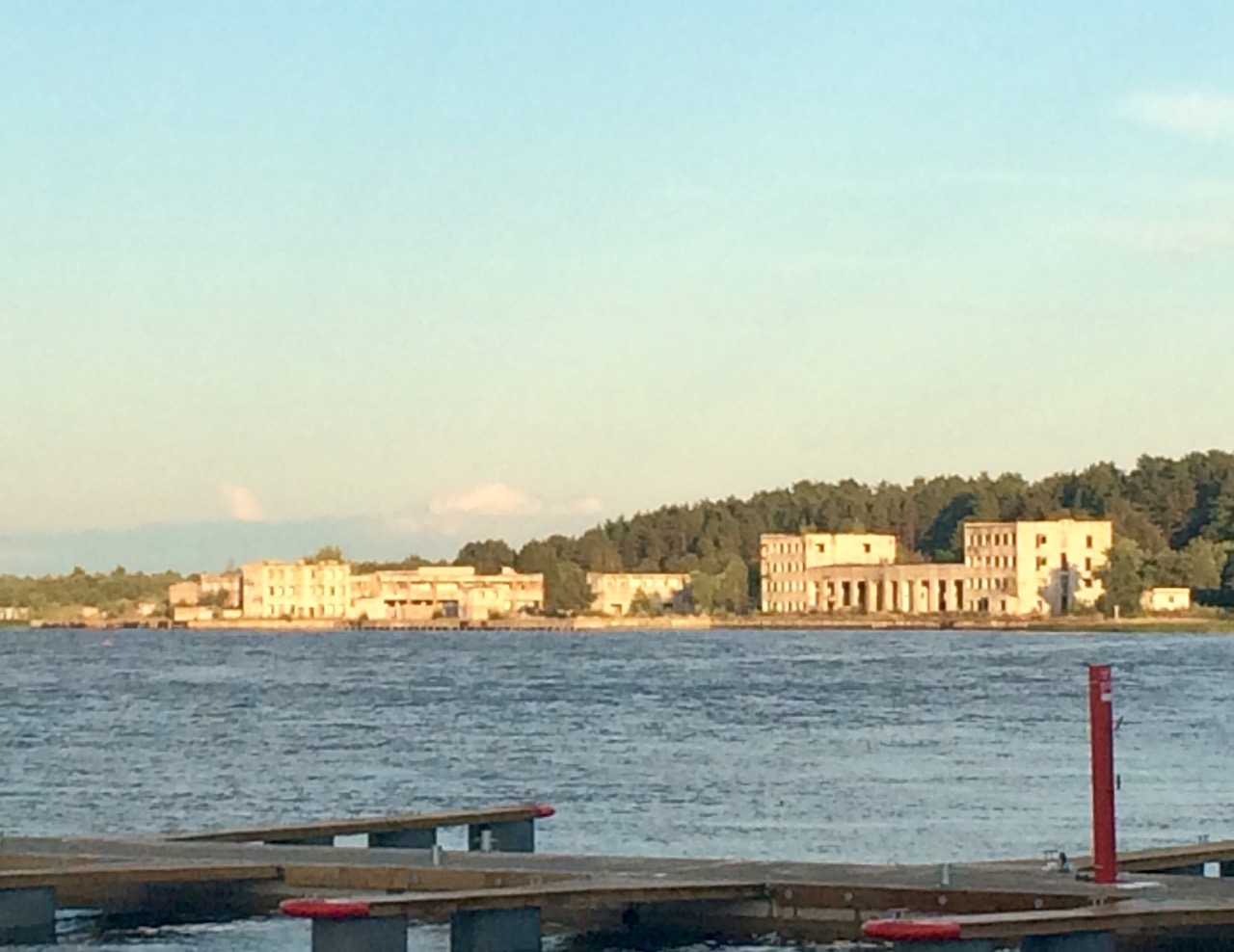
Only 10 miles away there’s a place that’s a whole lot more strange.
Small amounts of extractable uranium were discovered in shale sands at Sillamāe at the end of WWII.
Uranium was THE big thing back then.
And no time was lost.
By 1946 slave labour in the form of thousands of prisoners of war had been used to build a city and, more important, a uranium processing plant.
The city comprises of thousands of crumbling, near identical flats, and one almost smart boulevard.
It is very odd indeed.
Even more odd is why you’d continue to live there when much of what’s around it is pretty damn lovely.
We’re told that the processing plant now extracts rare metals for medical and electronic equipment.
We’re told.
But then who would hold up their hand and say if the nuclear fuel was still being made there?
Narva
Narva takes the strangeness to a new level.
It’s a big city with a population of nearly 60,000.
But it’s also the main border town with Russia.
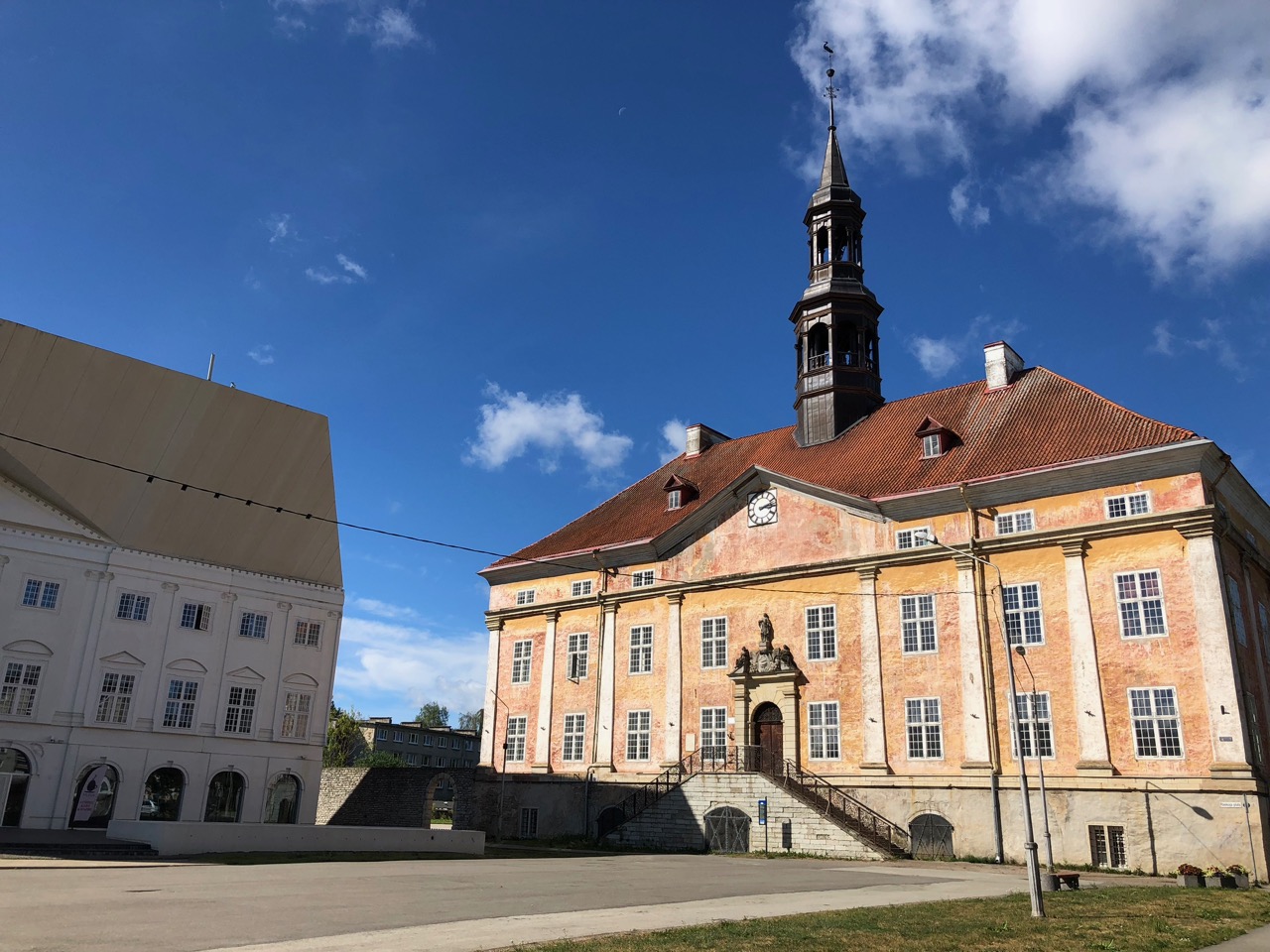
Walking around you’d think you’d already crossed that border. And that was on a bright day. I wonder what it’d be like if it was a grey one.
It’s generally grim, although the castle, facing off against its opposite on the other side of the Narva River is ancient, dramatic and impressive.
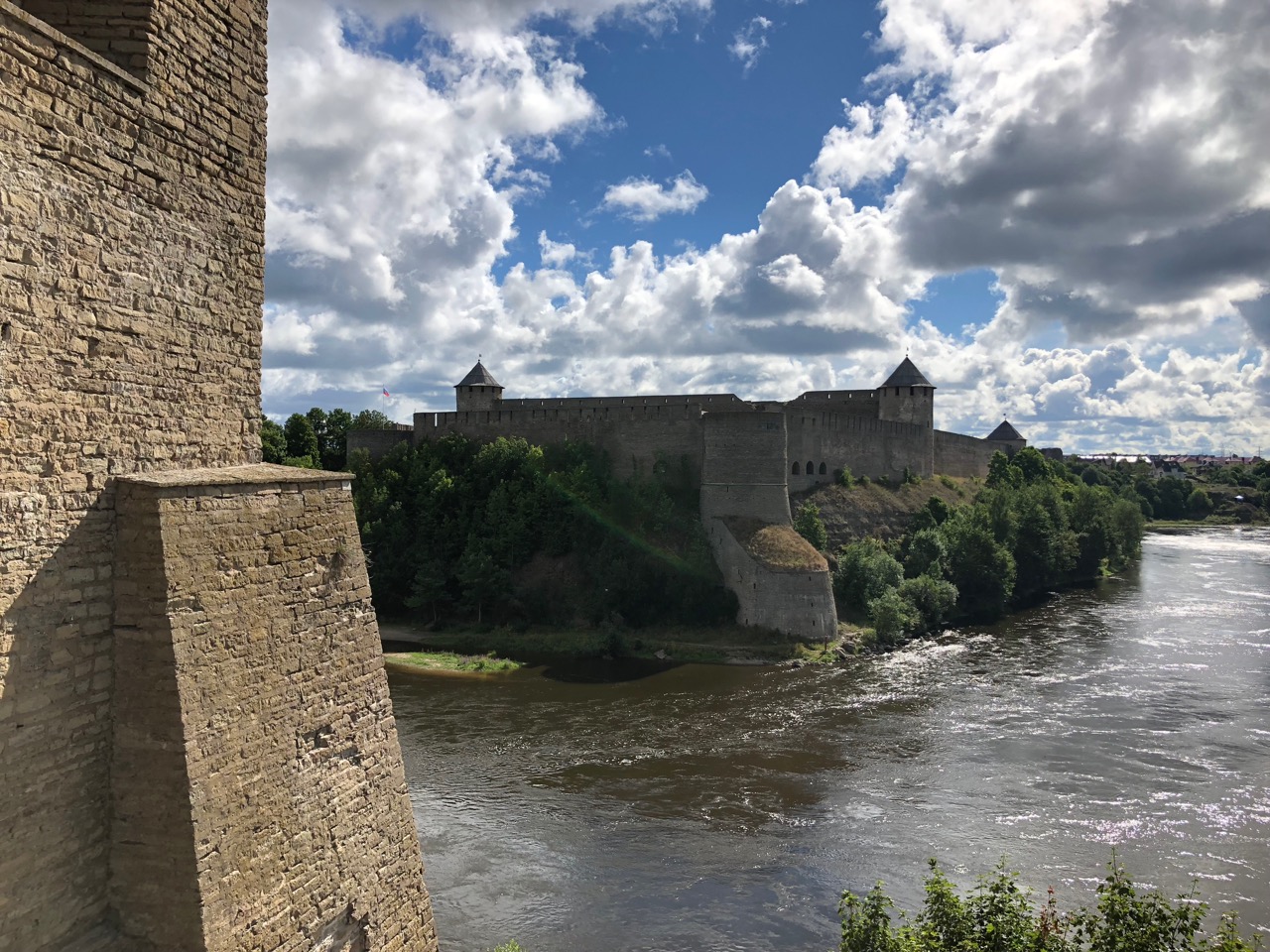
Repeated bombings have left little of the old town in tact except the town hall, and in curious juxtaposition the former stock exchange alongside it has been rebuilt in reverse relief (is that the term? Where everything you expect to come out actually goes in?). It’s now part of the Tartu University outpost here.
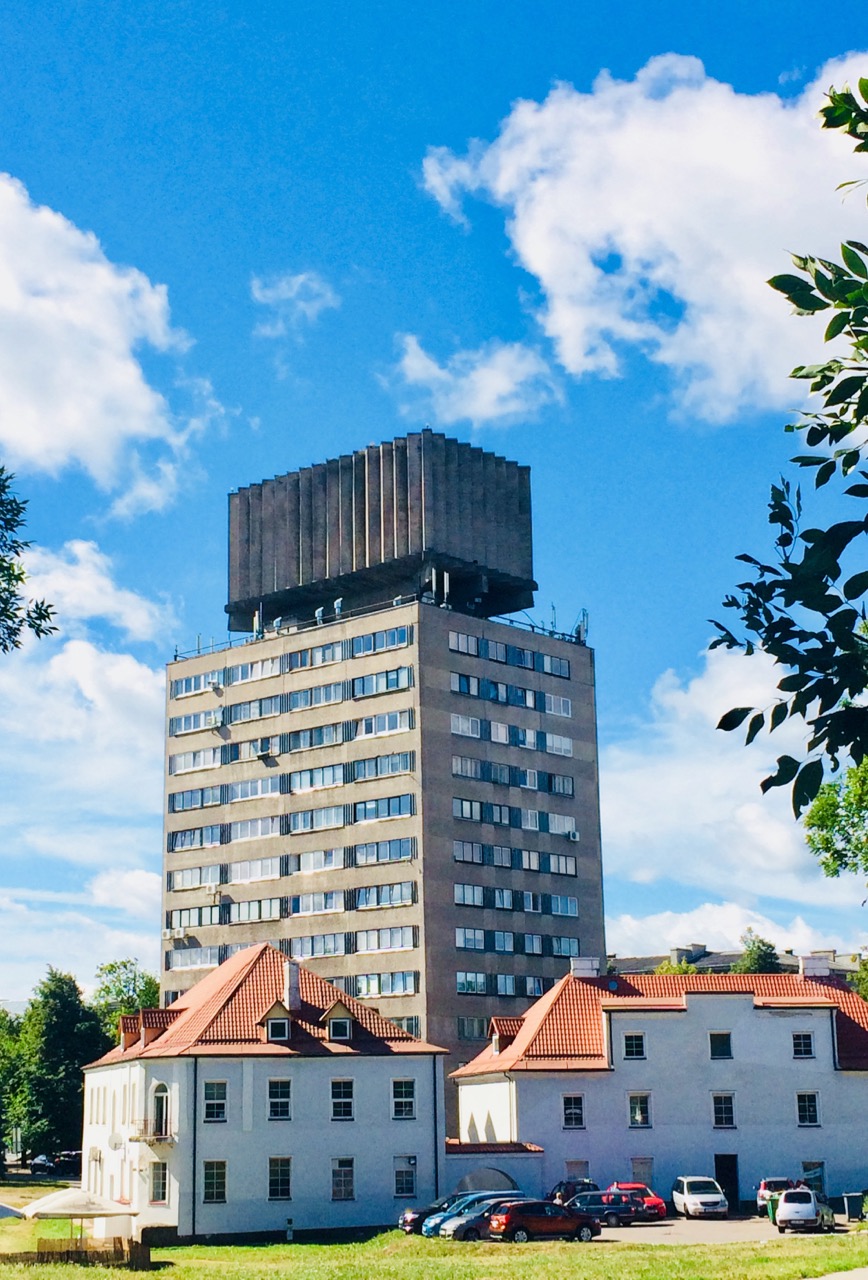
We had breakfast in a restaurant called Old Trafford with pictures of David Beckham and his mates from that era. Imagine.
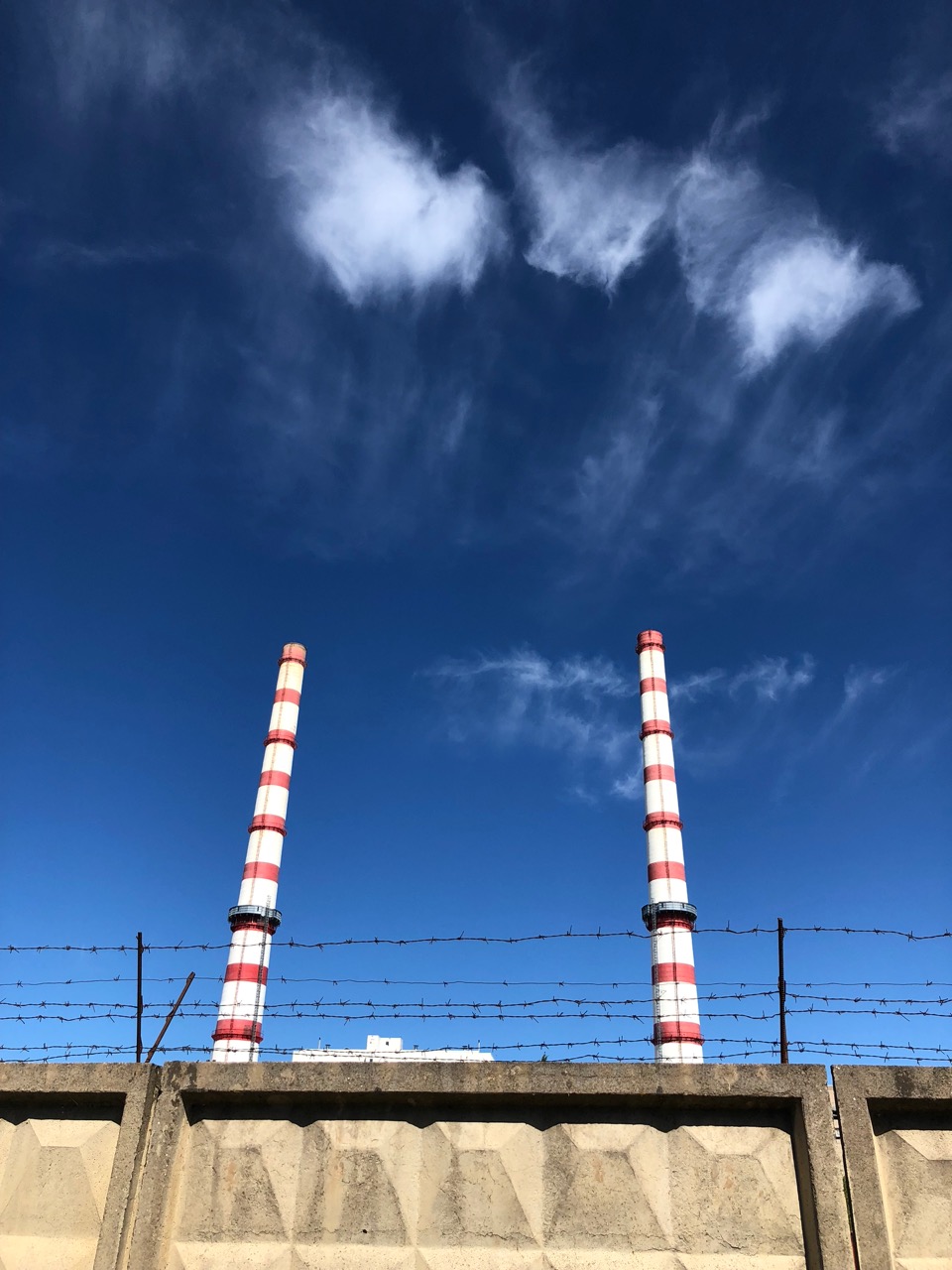
The Anchor – a food adventure.
Lake Pepesi is the second biggest in Western Europe and it forms much of the border with Russia.
There are many good beaches along its shore, and it’s remarkably undeveloped save for the random scattering of chalets and brightly coloured vans selling smoked fish (we have some but haven’t tried it yet).
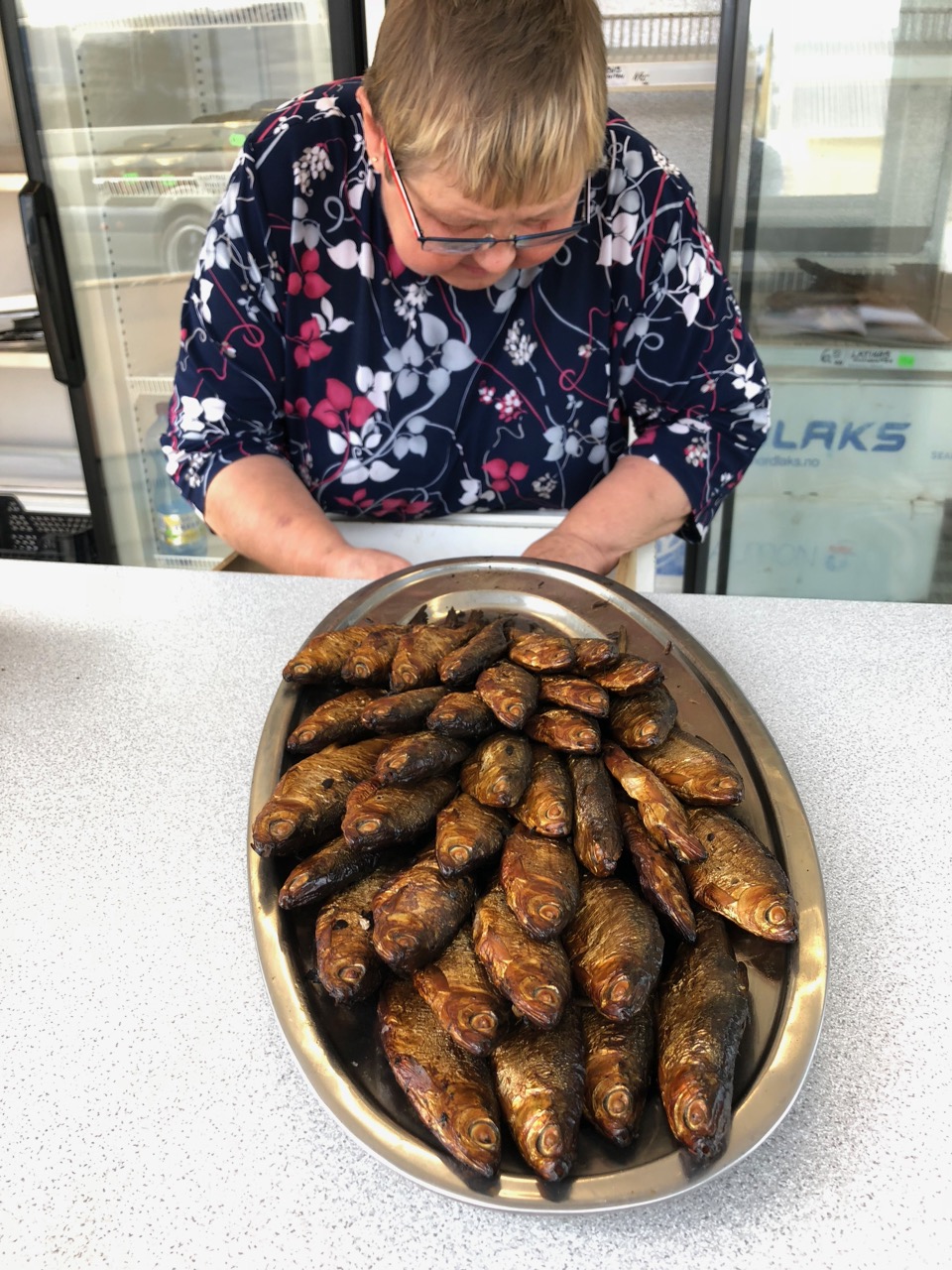
At Mustvee, the biggest town on the shore, we parked in a grassy car park overlooking the lake and went in search of adventure.
You know a town is quiet when you contemplate walking out to look at the petrol station!
We put on our braves and climbed the stairs of The Anchor.
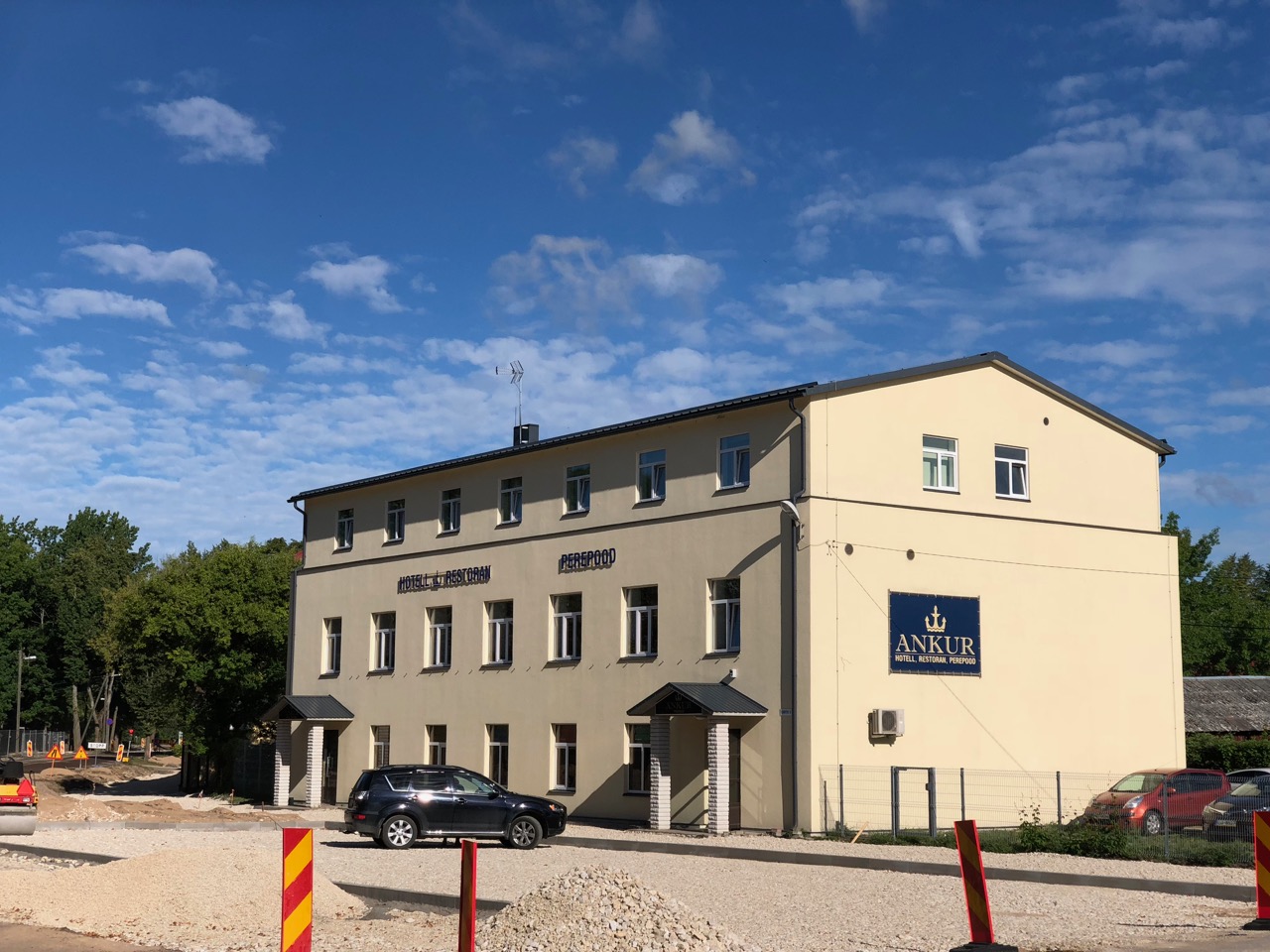
The Anchor.
Bar, restaurant, shop and hotel.
As we walk into the room where most of these functions are performed we’re surprised to find we know half of the people there. A group of six Germans we’d met at Hiie Talu campsite are there tucking into beers, wines, vodkas and food.
Dinner was unremarkable. The food bland. And a bit tough.
But the experience was great. Just like dinner in St Just Legion would have been if it were a restaurant, with every oddity included.
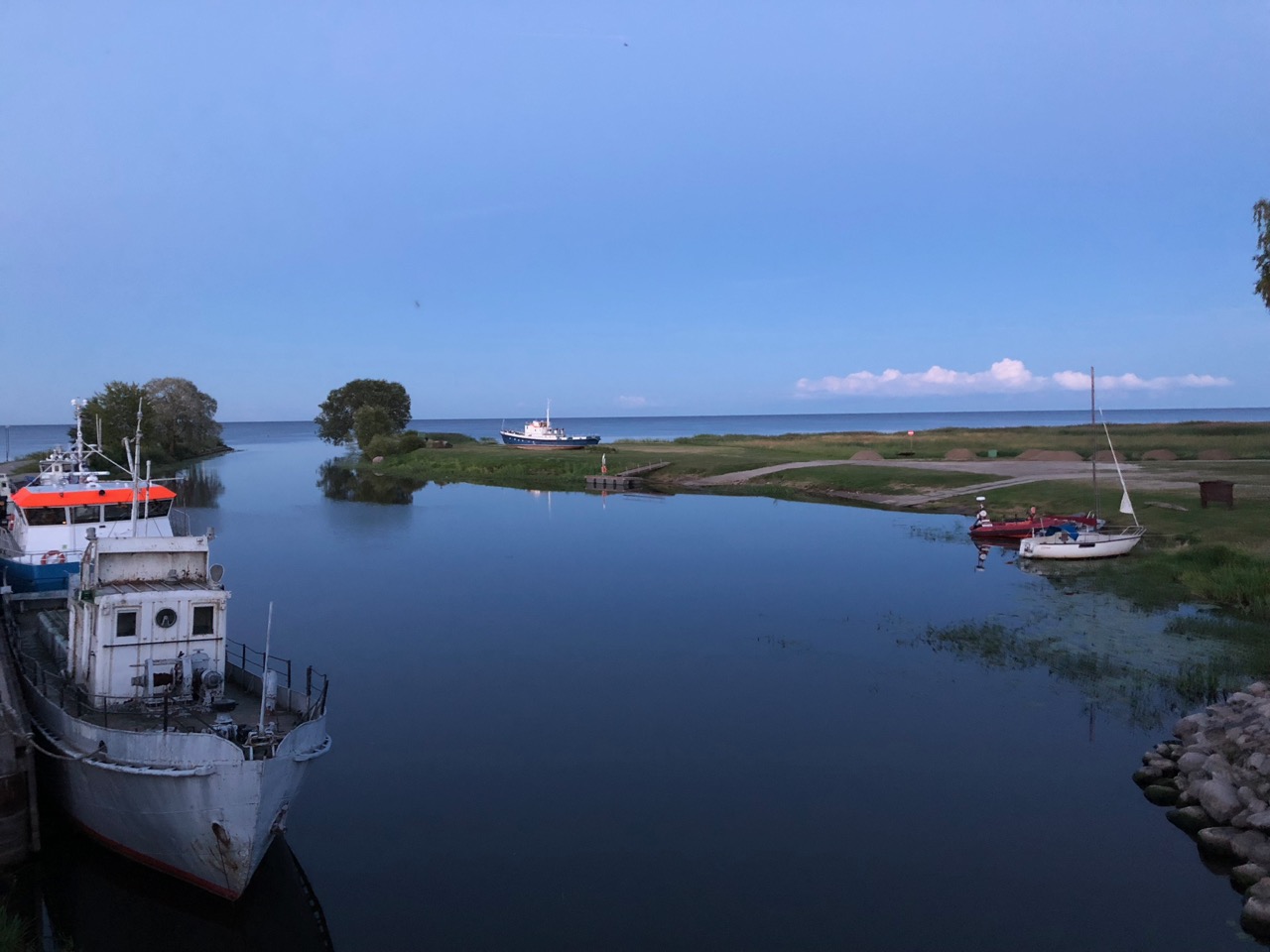
Yet again (Tallinn aside) our best meal out hasn’t reached anything like the standard of our worse meal in the van. That’s partly a credit to us, but doesn’t say a lot for the local fare.
I wanted to try a place further along the road today called Fish and Onions. It’s the main produce of the region, fish, and onions, and that’s what the restaurant sells, although since dinner last night my enthusiasm has dwindled.
We still went there next day – and it was closed. But the village was a gem. Every garage, shed, or store room is used for drying, tying, and selling onions. Think Roscoff, but times ten.
Monuments.
Driving into Narva, and again along the lakeside, there have been many monuments to the thousands who have lost their lives defending, and attacking, this area in the last hundred years.
Mourning Girl is simple, but perhaps the most poignant. We know that thousands of men were killed, but it’s the torn apart families that bore the pain the longest.
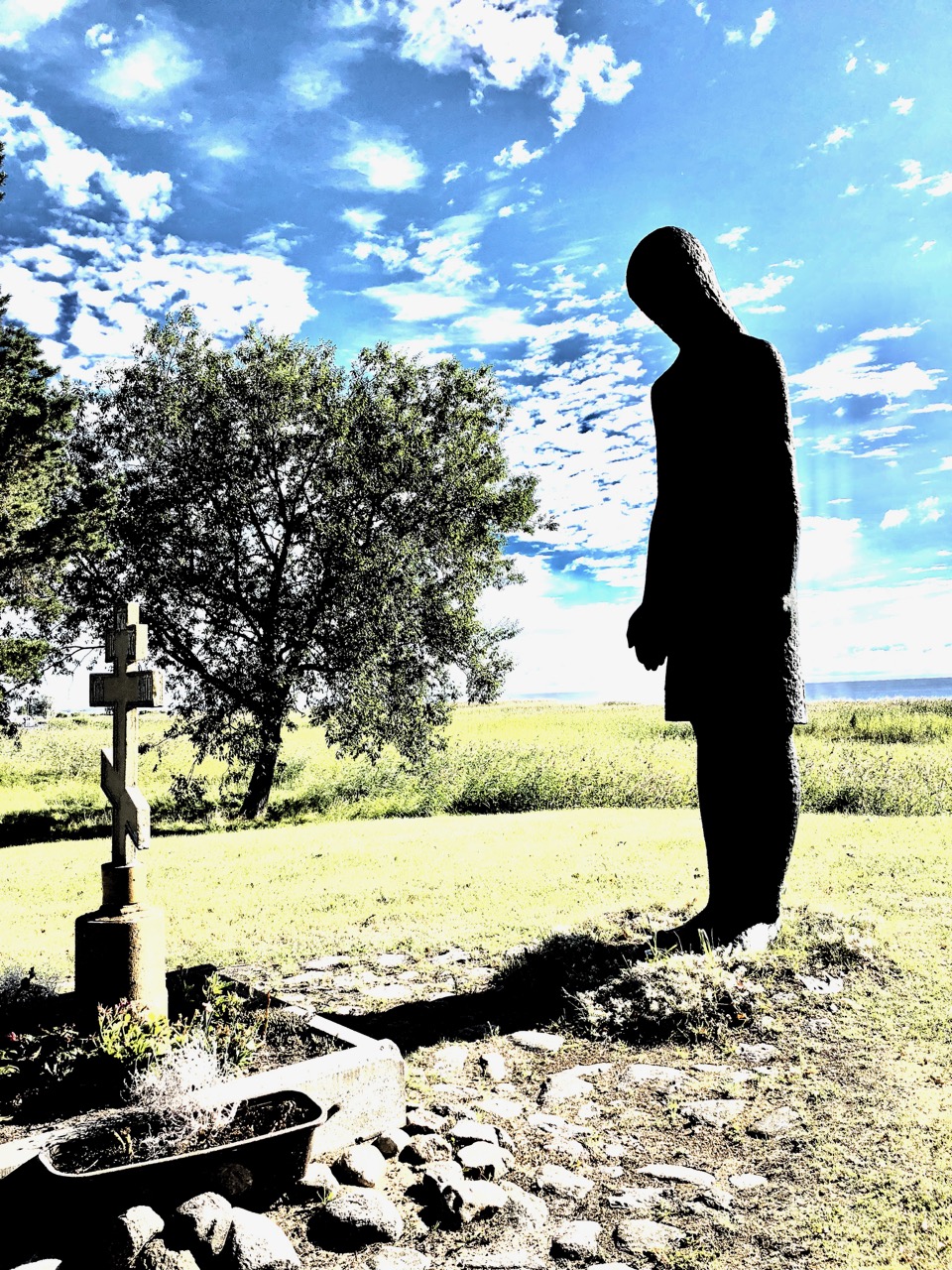
Tartu.
This place claims to be the spiritual home of the Estonian nation.
It’s certainly cultured, pretty, lively and well worth a visit.
The country’s first university was founded here by the then Swedish ruler, King Gustav, in 1632. The town fairly bristles with monuments and sculptures recognising the greats who were born, lived, or died here over the centuries.
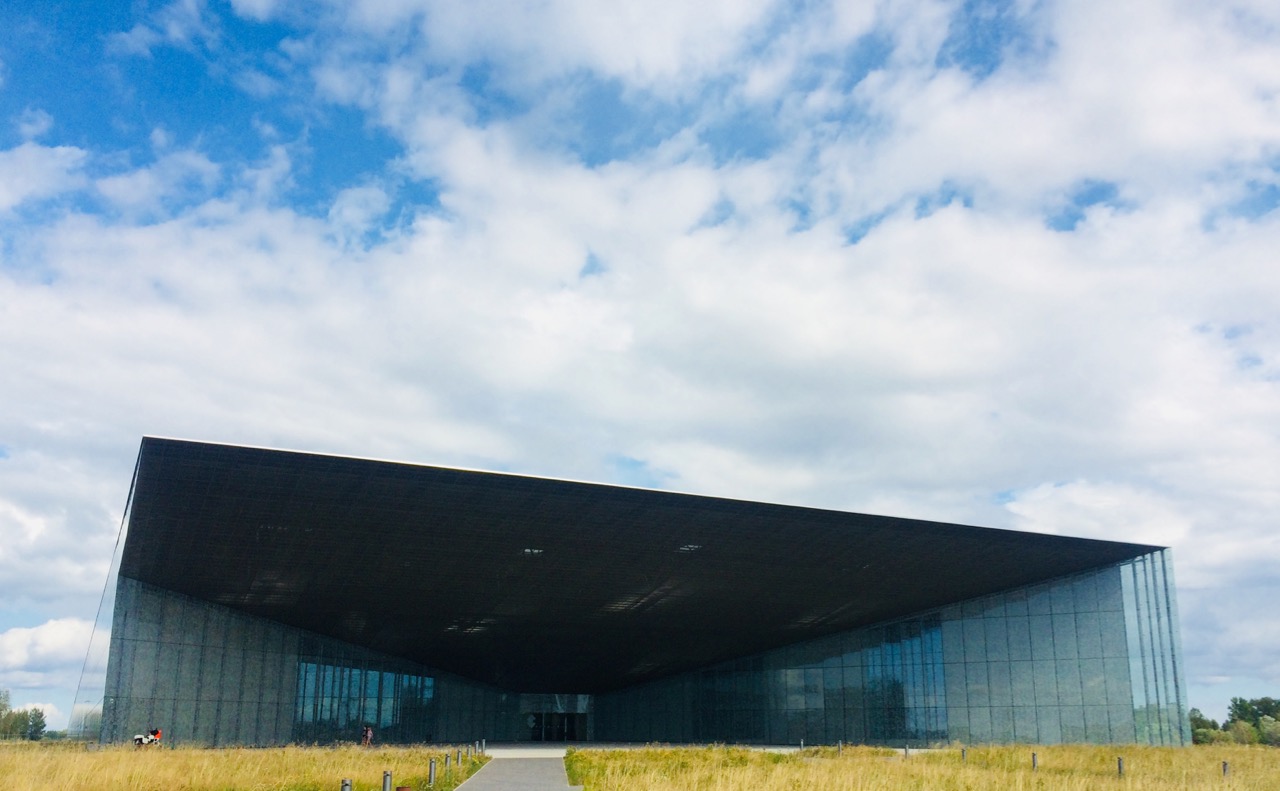
We moved between car parks for a couple of nights on the north side of the river Emajōgi. We walked through the town, drank great beers, including at an old gunpowder store, and enjoyed the atmosphere. We even spent a good few hours in the massive recently finished National Museum, built on the site of a highly polluted Soviet air base at Raadi.
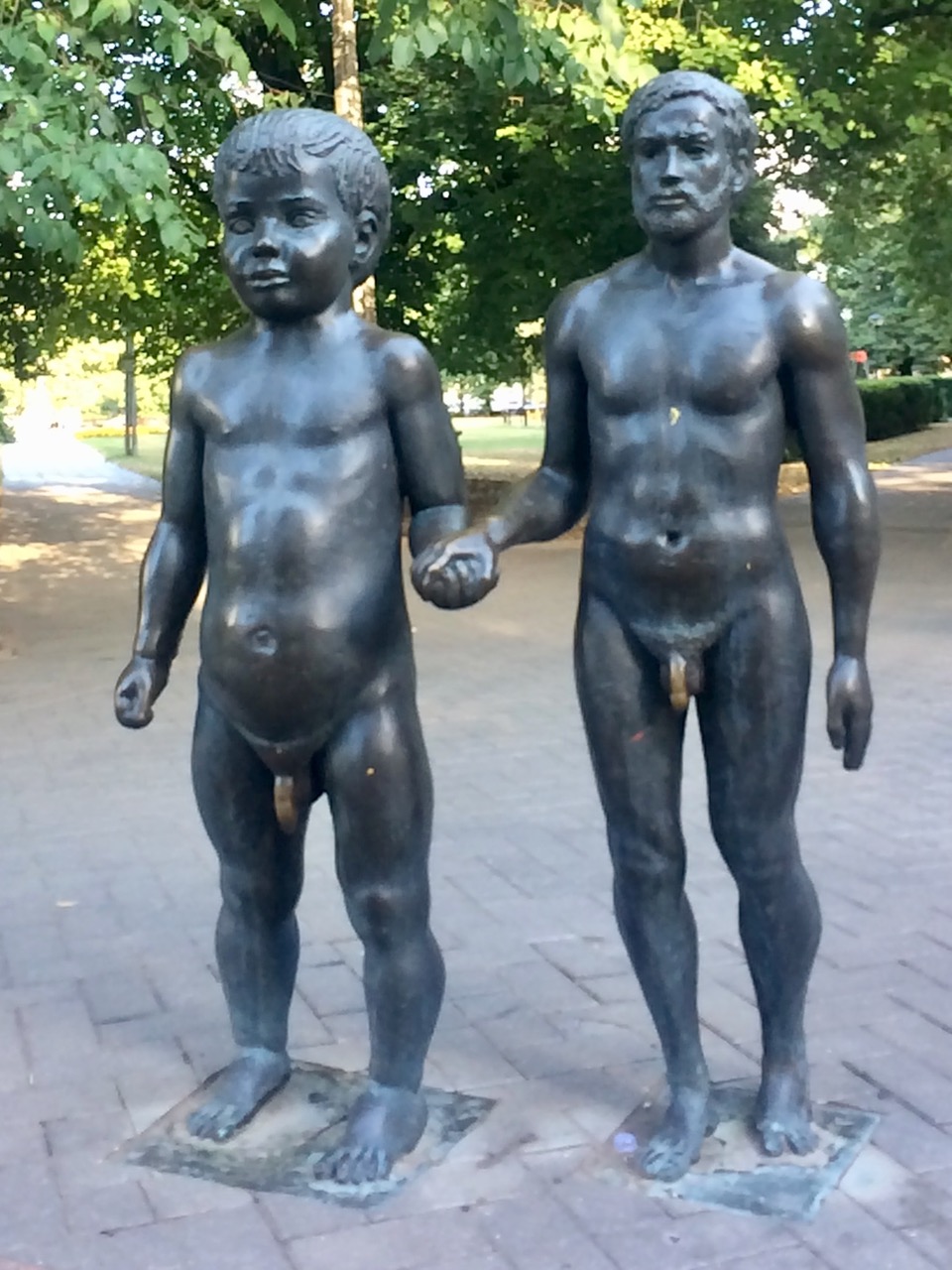
Polly and I walked many miles along the river bank in the mornings, past miles of crumbling communist era flats on the edge of town in one direction, and past the newly erected modern mansions of the new money in the other.

Last night in Estonia.
At 10.30pm it’s now pretty near dark. From my chair outside the van I’m looking across Vortsjarv lake from our beautiful Kiviranna camp site. The crickets rasp as if we’re in Greece, or at least a whole lot further south. It has topped 30 degrees during the day and it’s still in the mid 20s.

Here the impacts of the crazy hot summer are more obvious.
All along the lake shore are the bodies of hundreds of dead fish, caught in the shallows as the lake receded, or simply cooked as the water temperature approached the high teens.
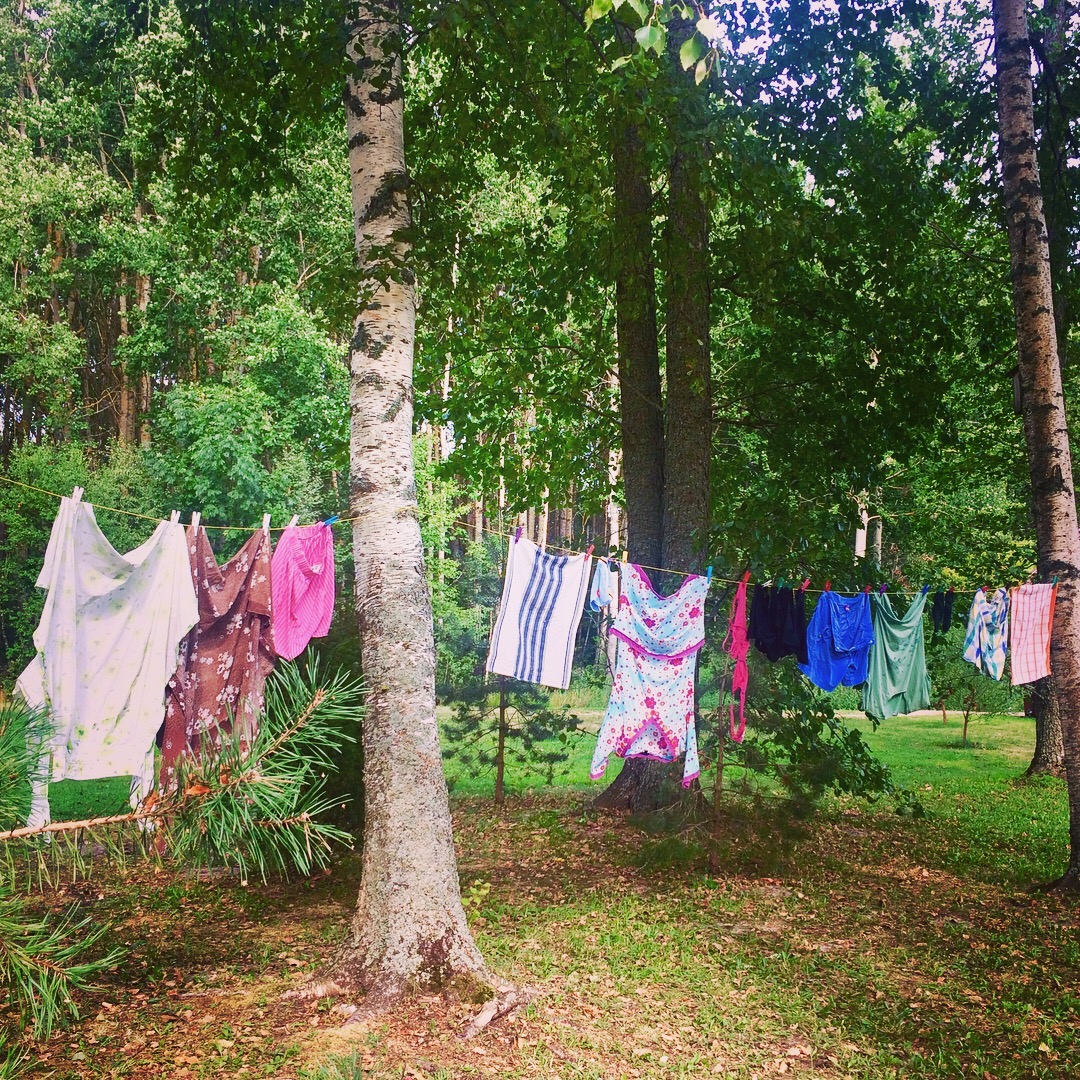
Farewell Estonia.
This beautiful small country has had a turbulent history and is only now truly finding its feet.
Tallinn and Tartu are cosmopolitan, lively and distinctly cultured, but you have to visit Narva too to get a feel for the country’s diverse, and sometimes uncomfortable, nature.
Estonia is about double the size of Wales, but with only a third as many people – and you thought Wales was empty! Even in August the roads are empty. We had a bit of traffic in Tallinn, but since the M25 months ago that was it.
You can drive long straight roads for hours and hardly see another car. It’s flat too, but less cycle friendly than the Nordics.
It says a lot about how bad the trucks here used to be – hills as gentle as 4% gradient are announced with warning signs.
There are some very wacky junctions, but generally there isn’t enough traffic to warrant concern, just take it easy and work it out.
U turn on the M1? No problem, just follow the deep rubber tyre marks at every break in the central reservation.
Tomorrow we’ll slip over yet another border to Latvia. I suspect it’ll feel more foreign again – I hope so.
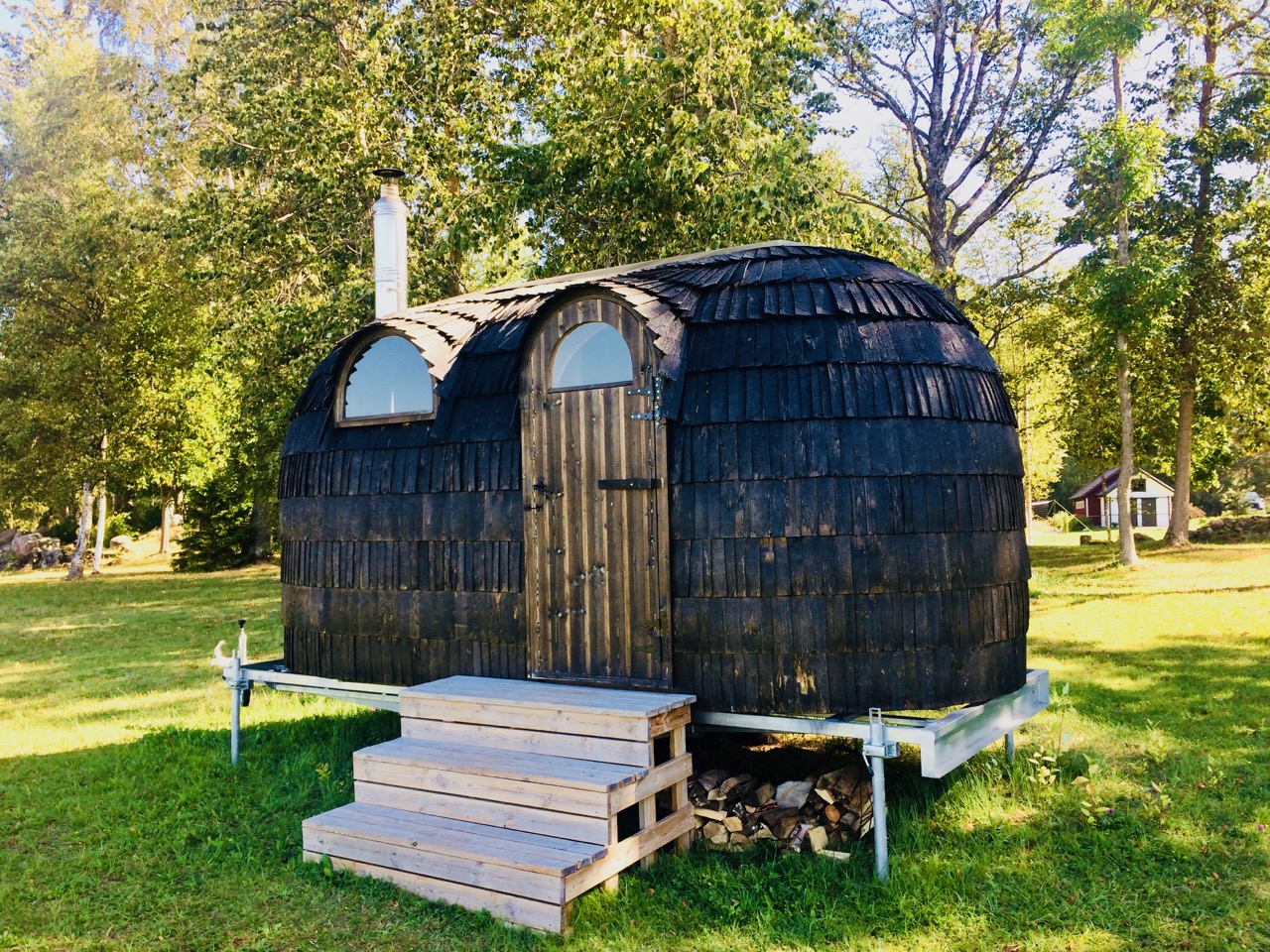


I loved this Estonia posting, it sounds like all 3 of you are having an amazing experience!
Sounds as if you are having a great experience…I’d be very nervous to stay in a few of these places! It’s been good seeing some of the places again that I have visited over the years. Love Pegs.
Estonia seems to be a fascinating country, climbing into the 21st century at varying rates. I loved the domestic woodland scene!
Loved the post and B really did…your best yet. Long may your adventure be so interesting with the beautiful and bizarre around each turn
Great to hear about Estonia, Tallinn is on my sometime list.Any thoughts about coming home yet? Mike
Hiie Talu: Are you serious about the owner’s name, Kelvin? Peep offering a “Peepshow”??? The gallery in Viinitsu looks great, although I need to confess that most modern art is beyond my horizon and I can see myself mooching around (what a wonderful new english word),
as Amanda did.
At certain points of your report I could feel the iron curtain in my head and heart and remembered visits to eastern Berlin as a teenager and young woman. Thanks for your balanced view on Estonia today!